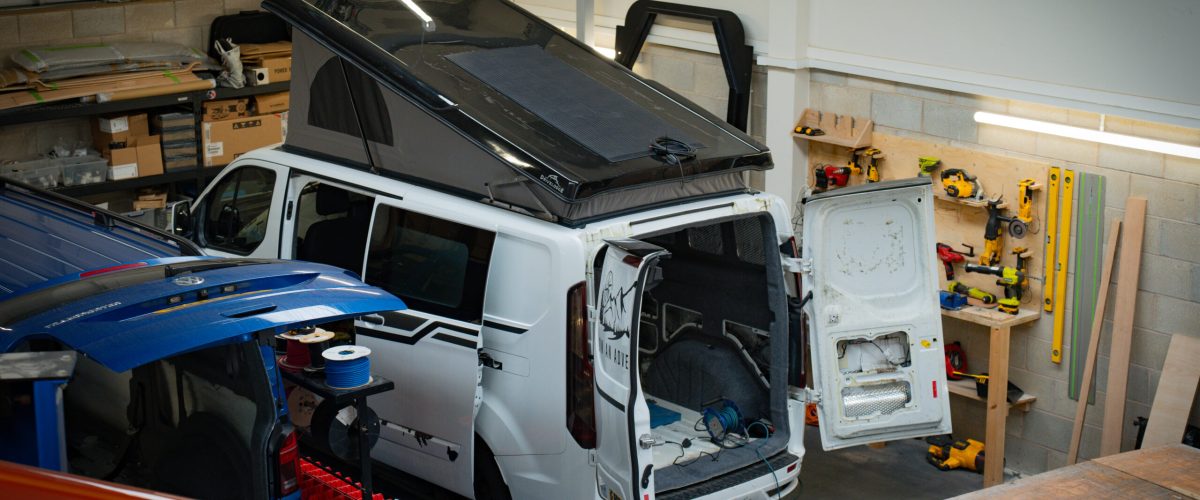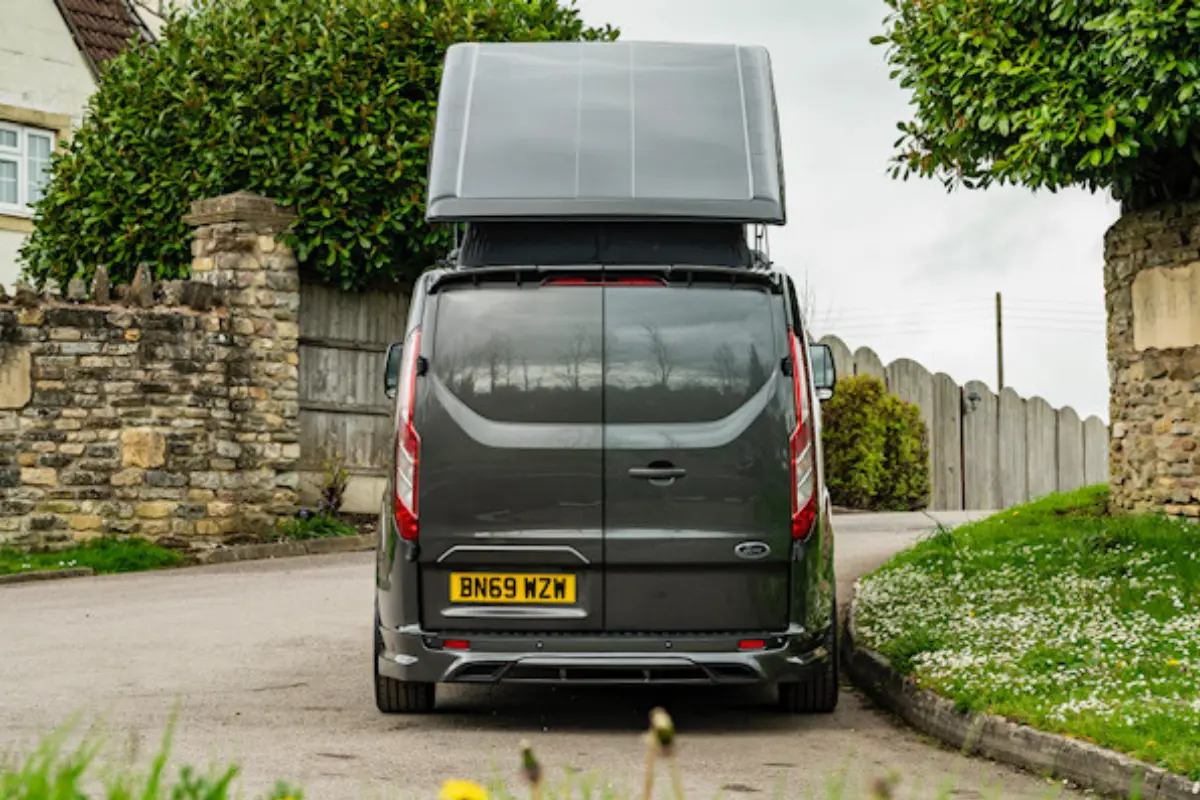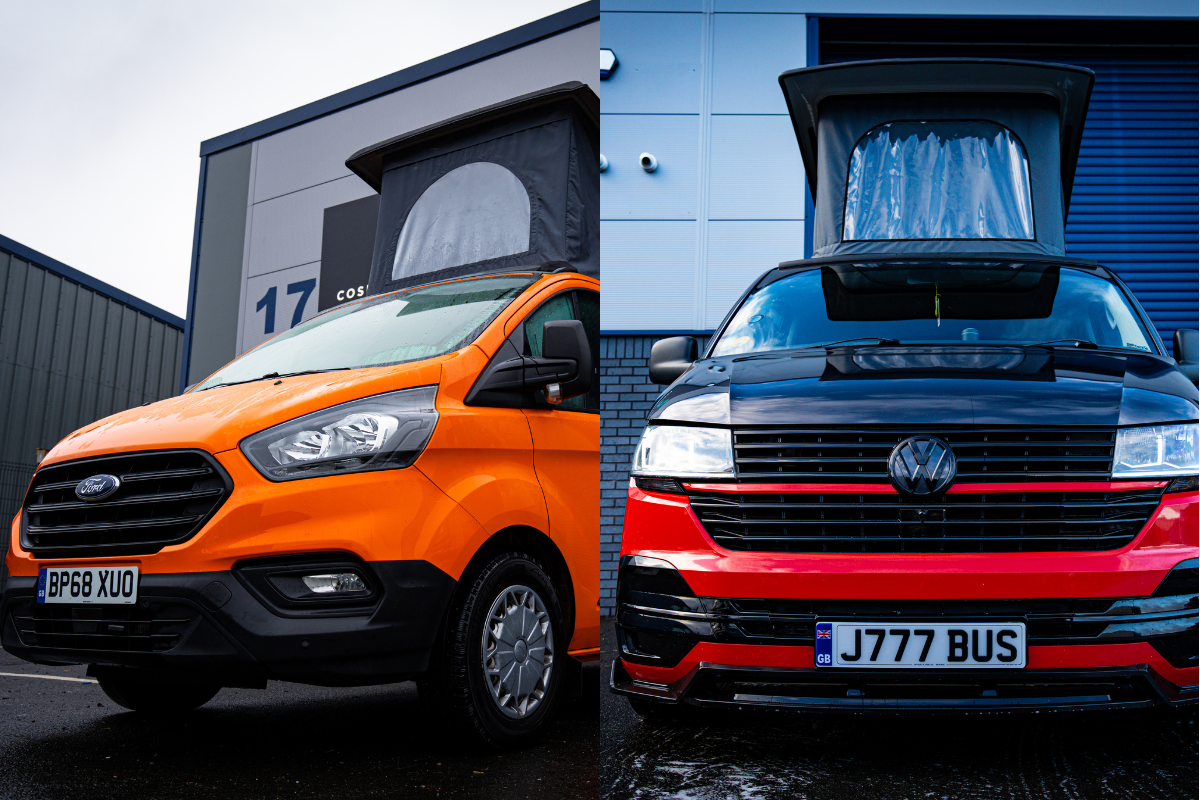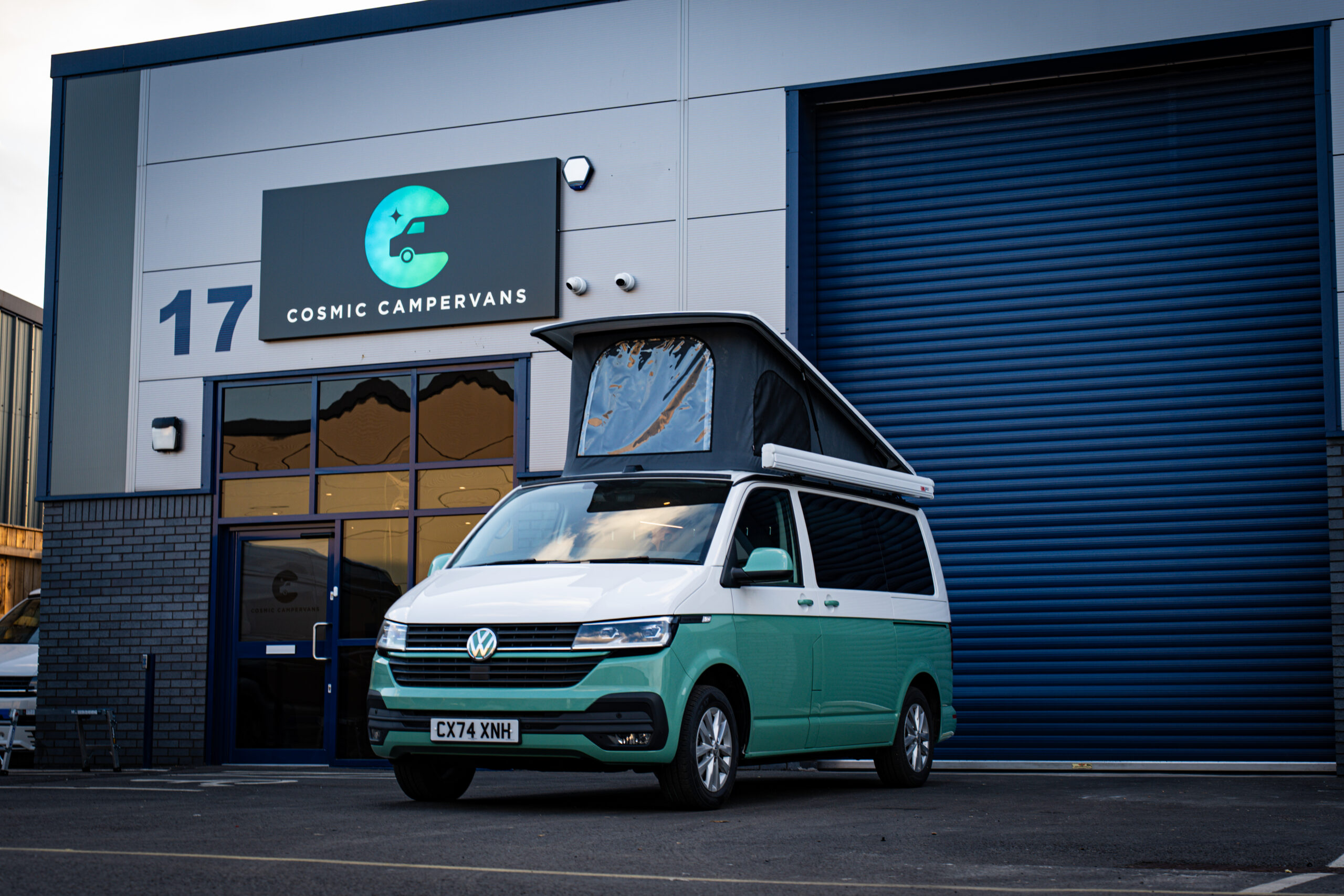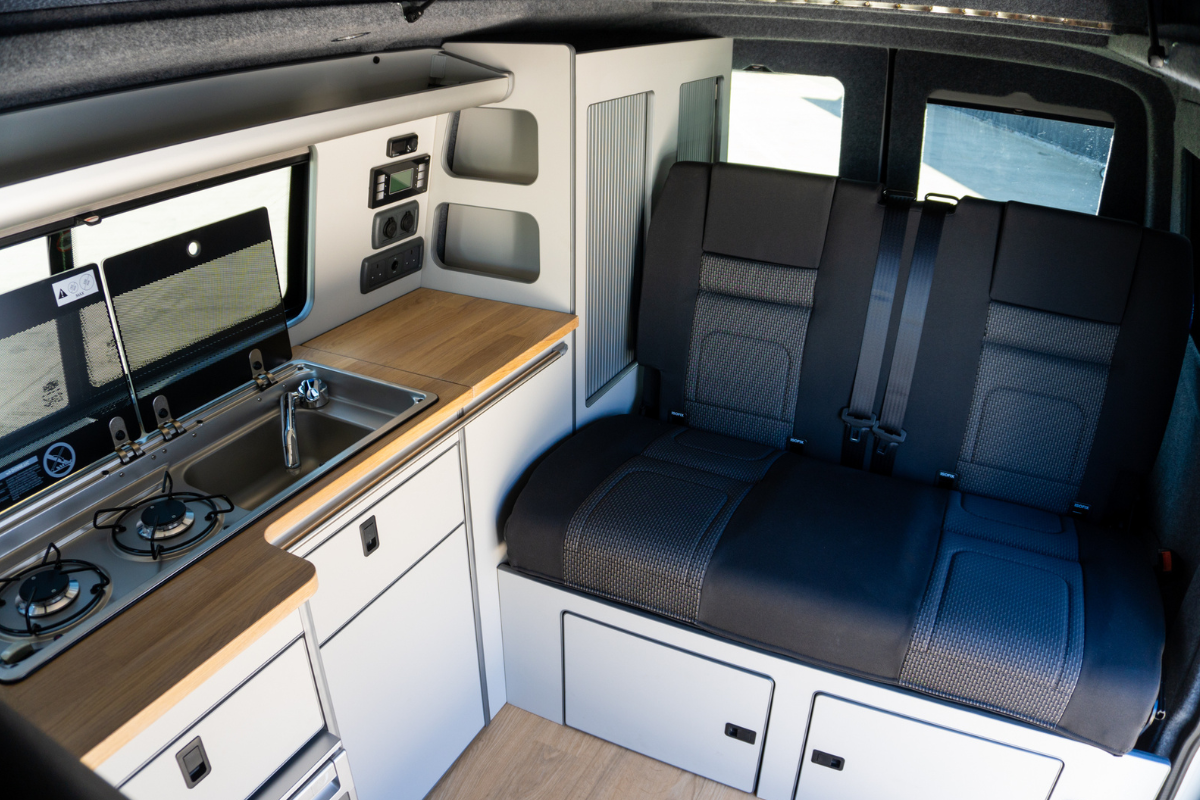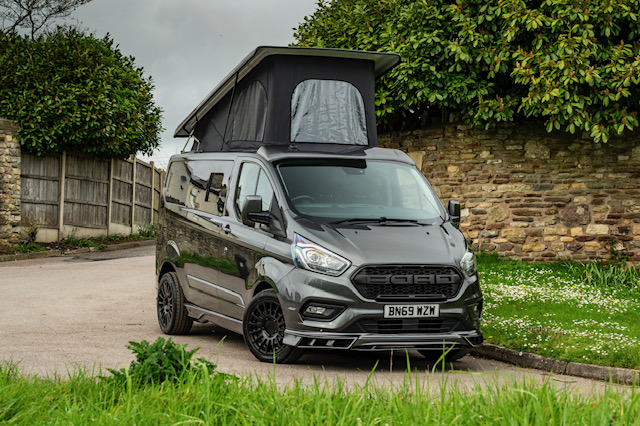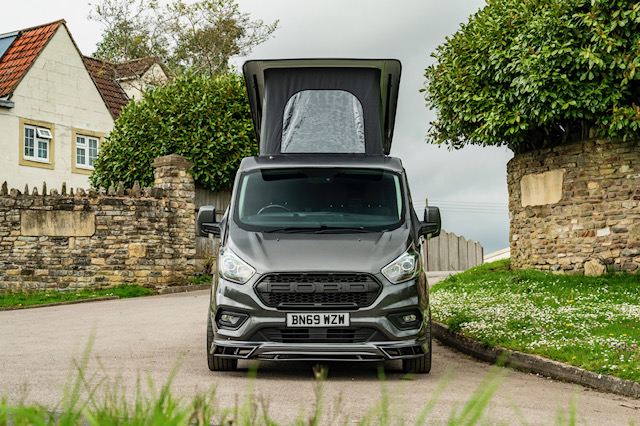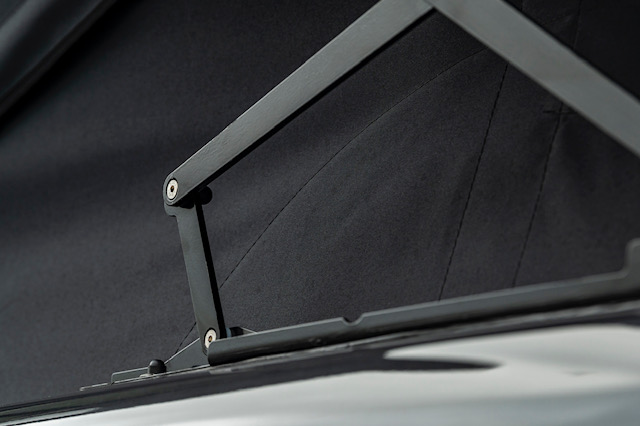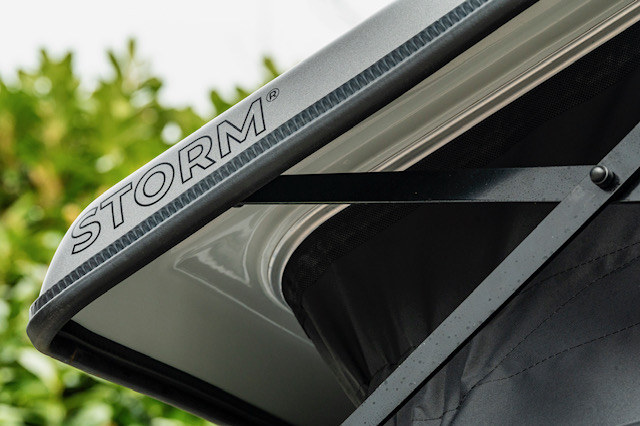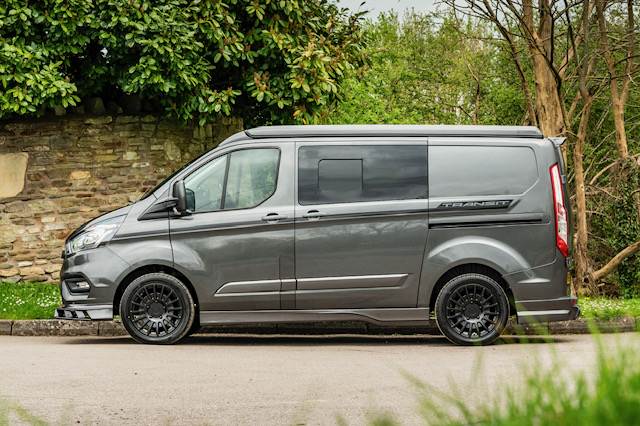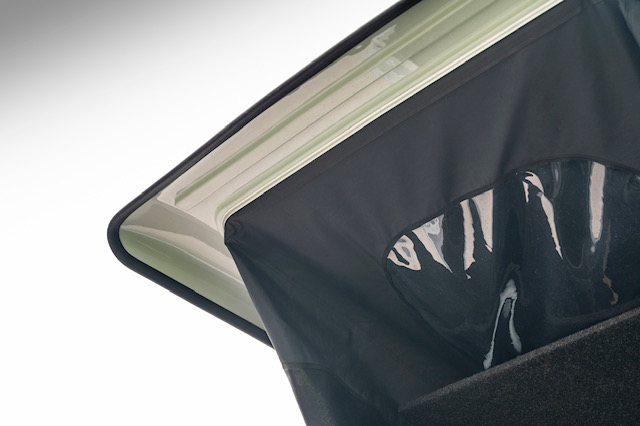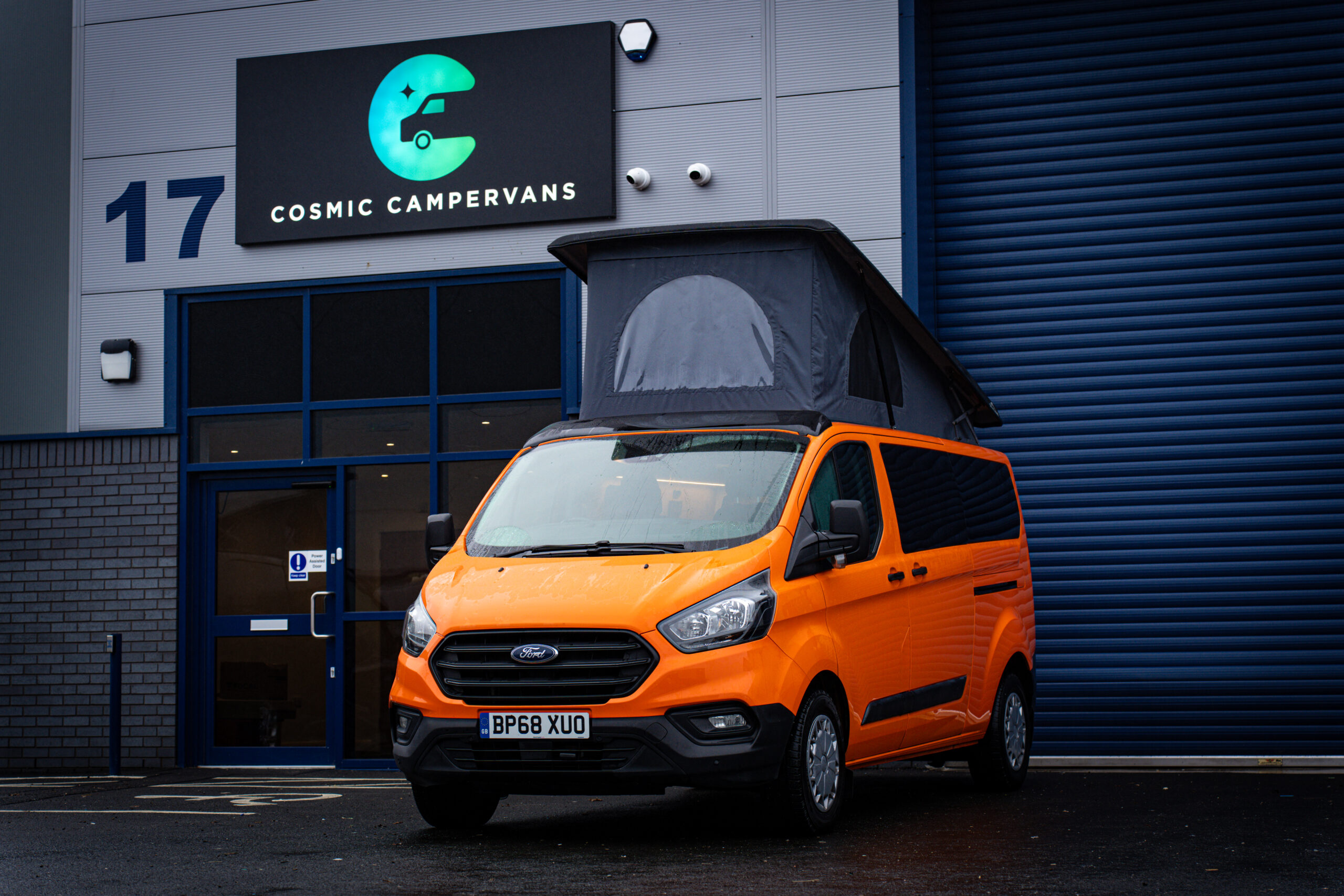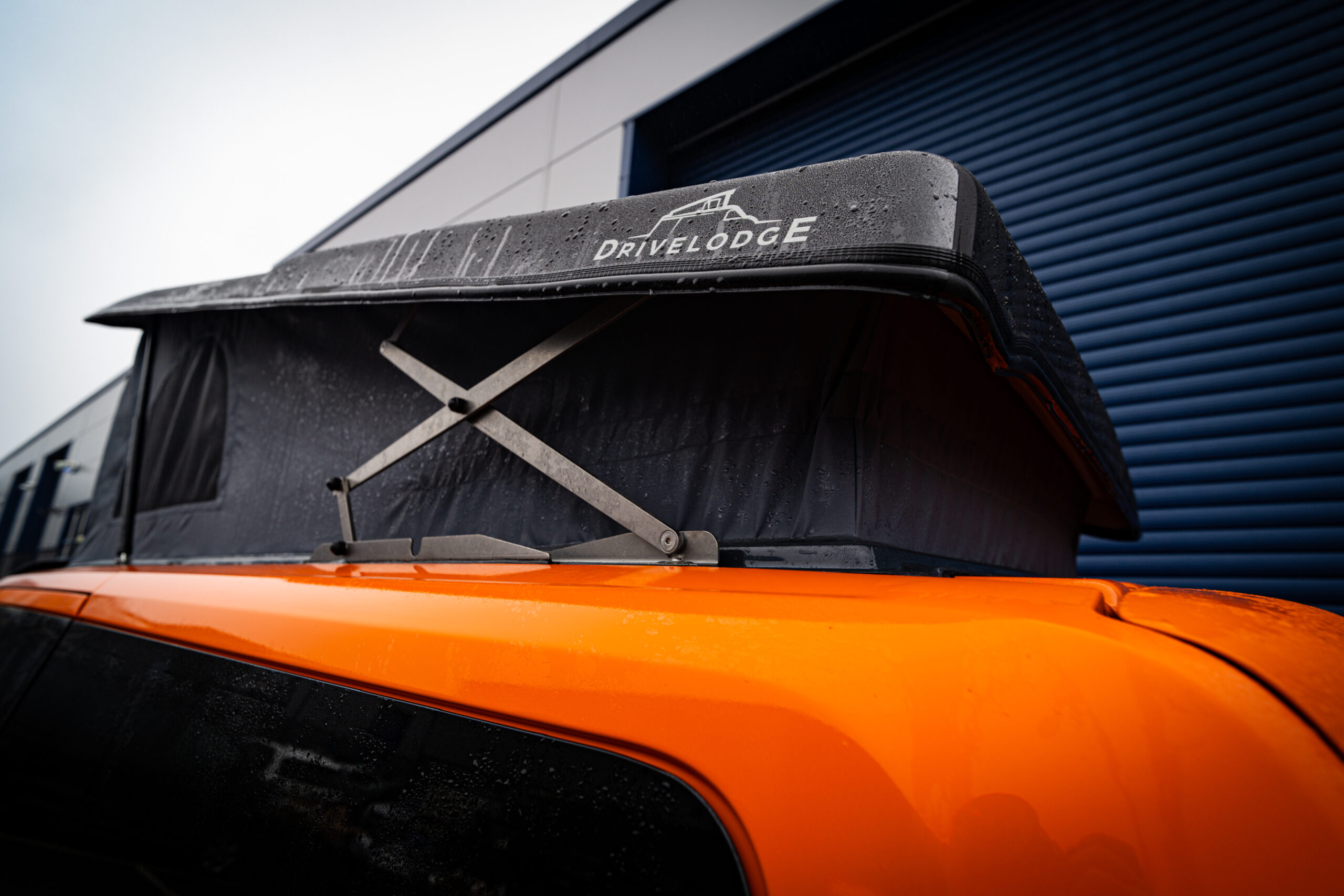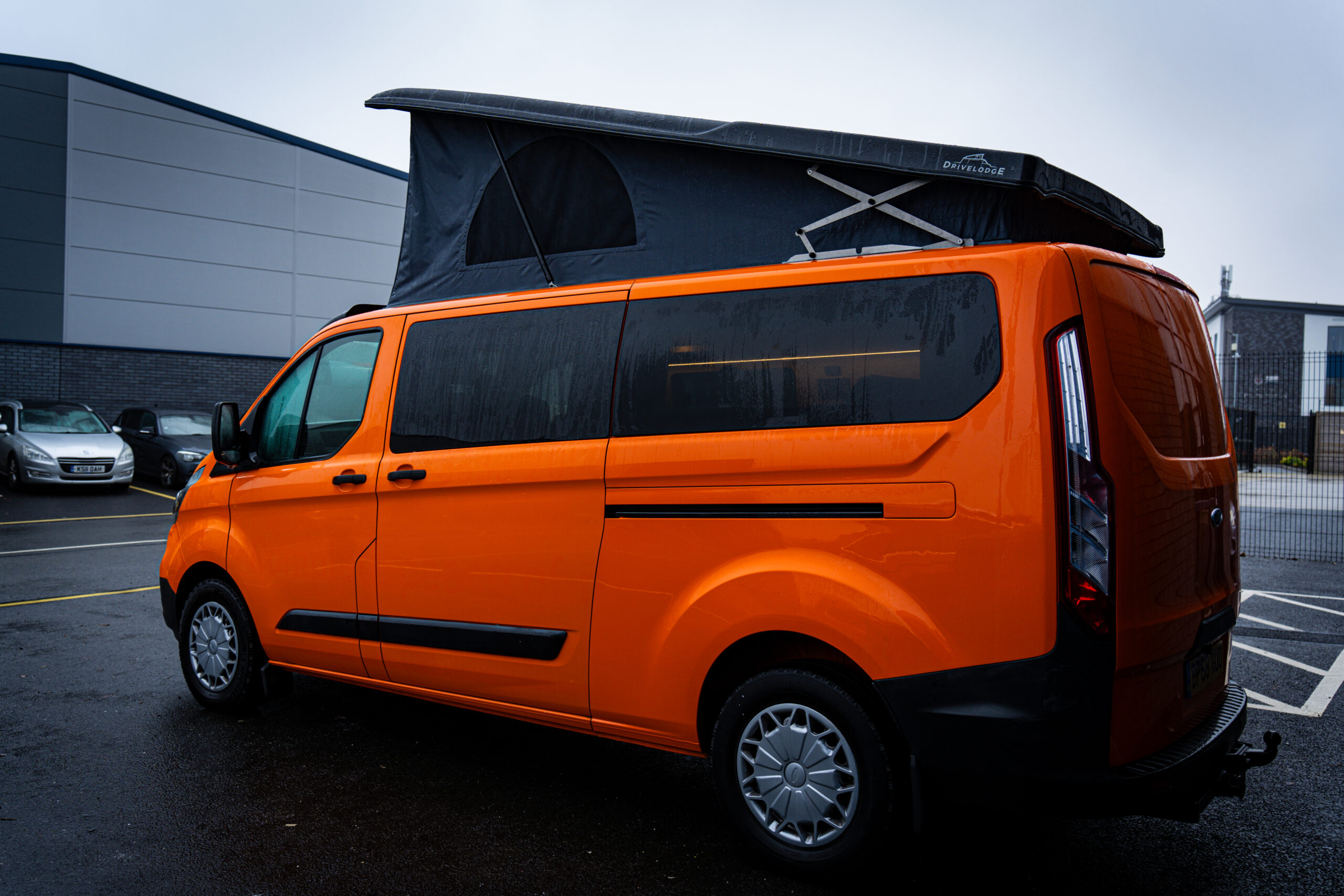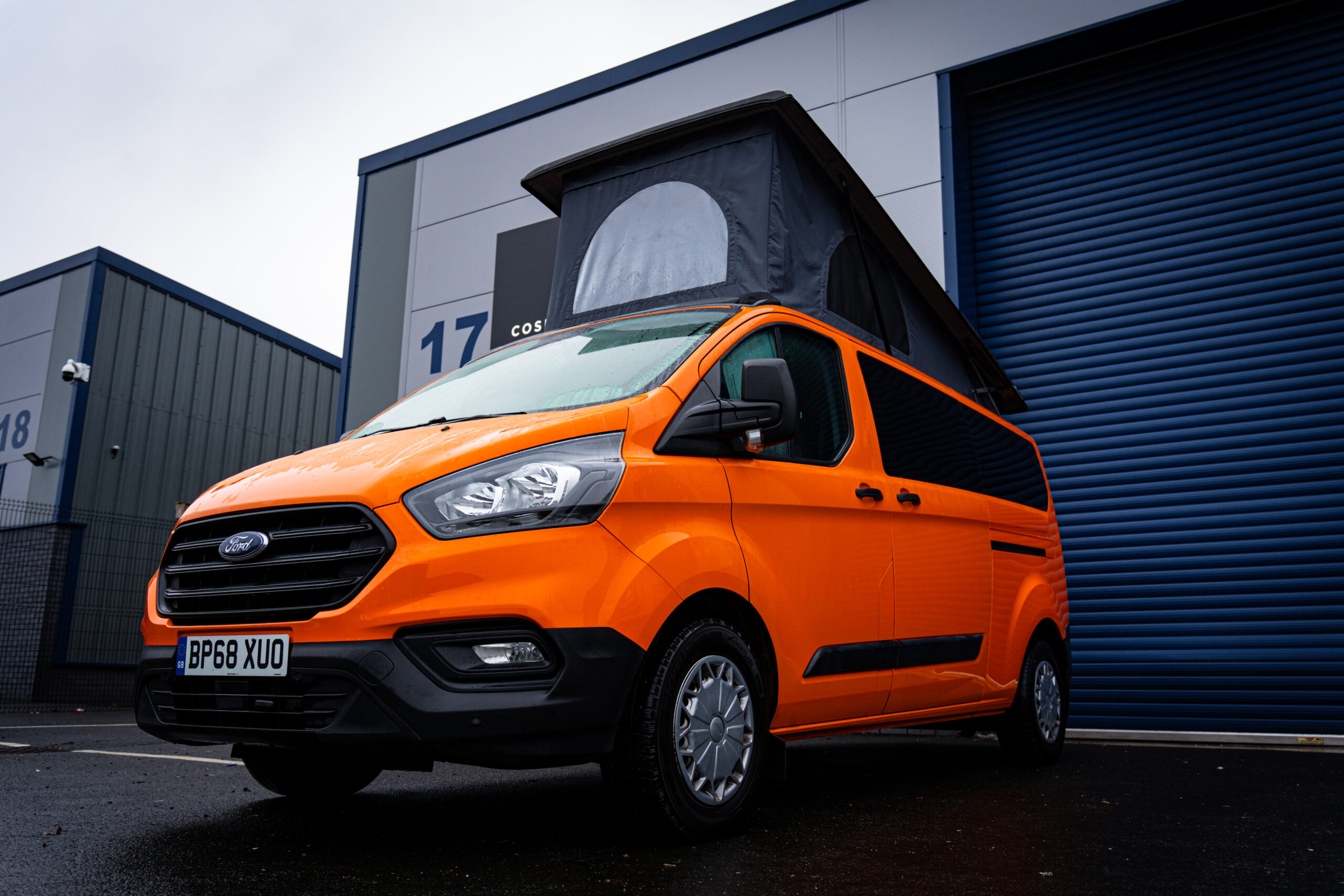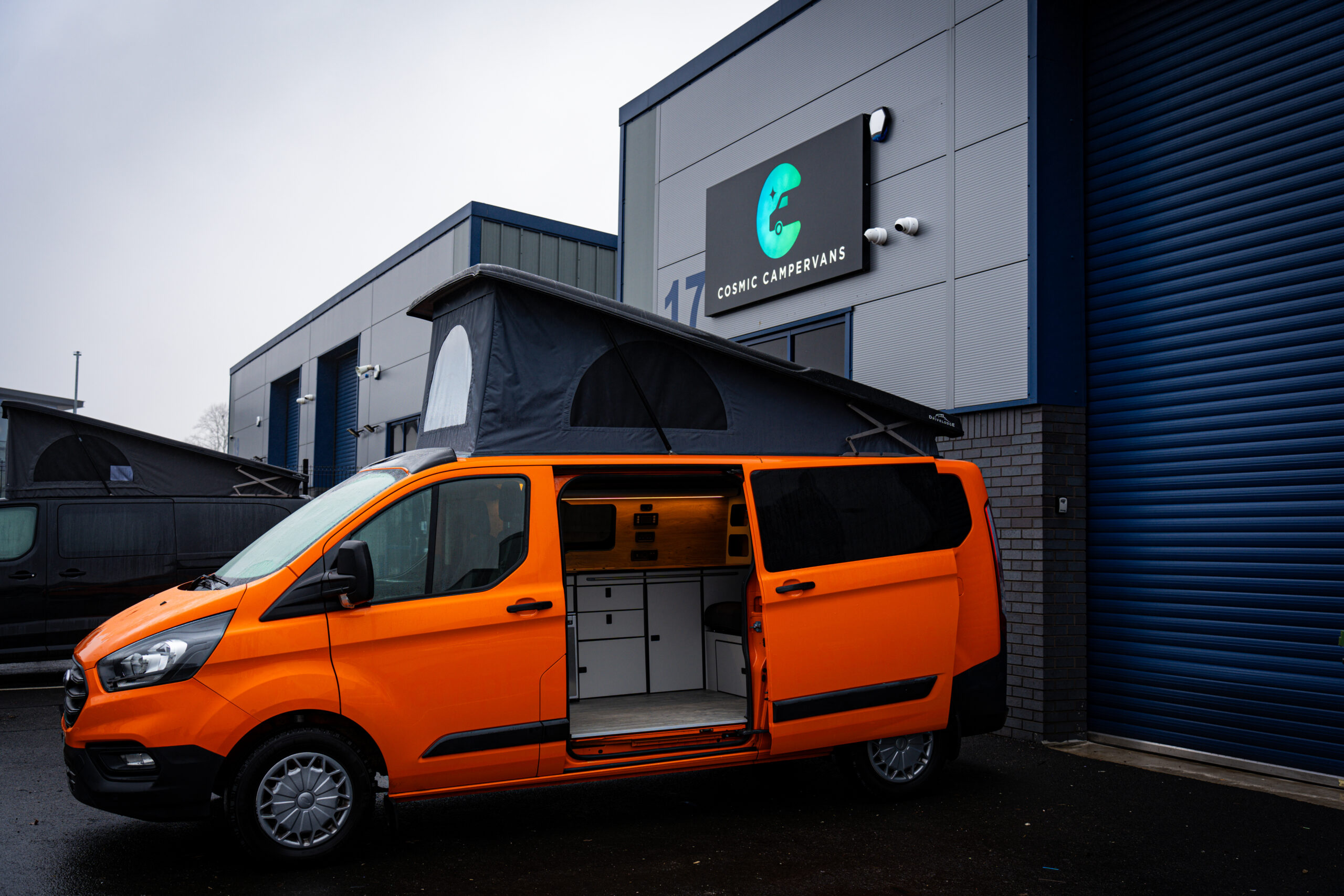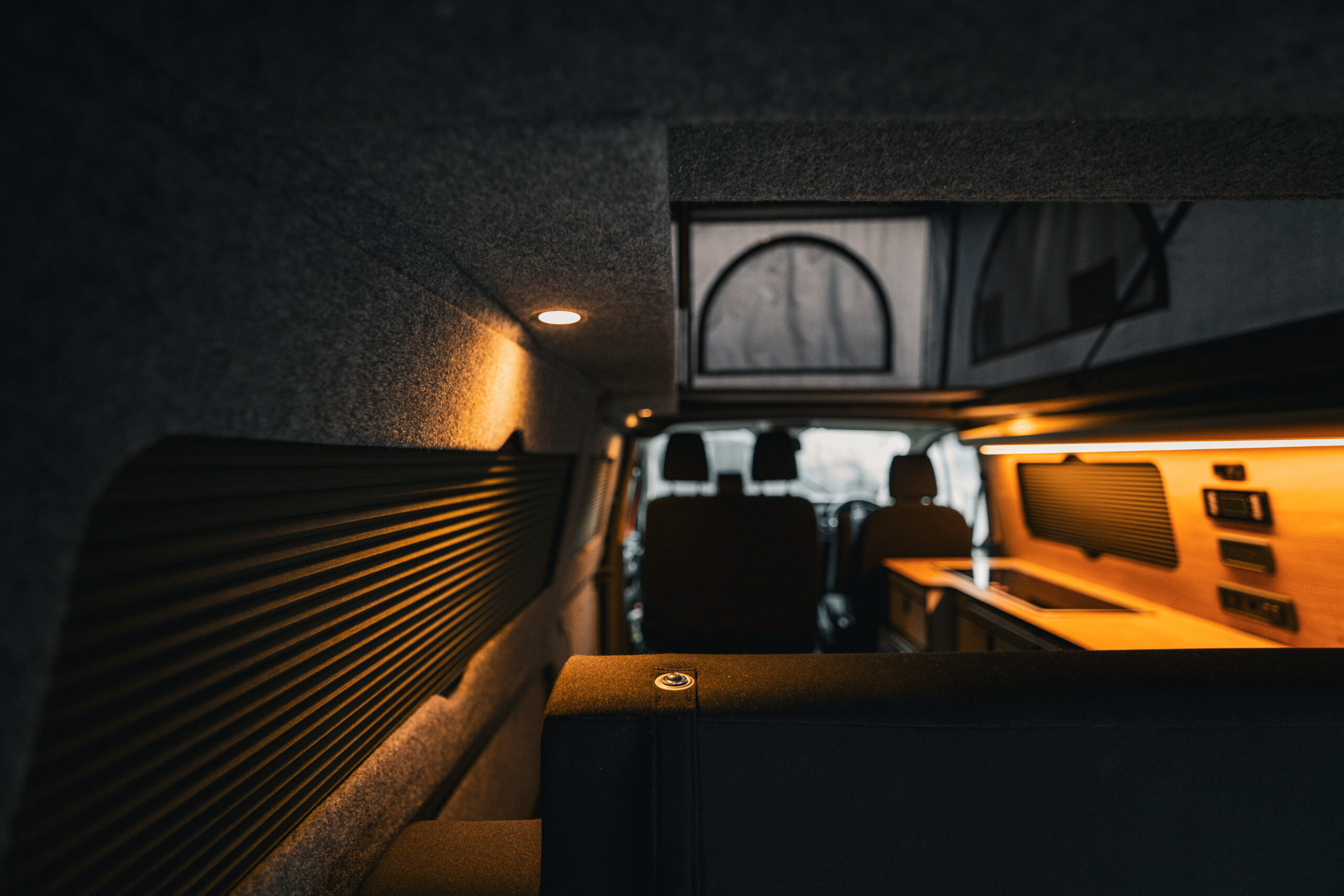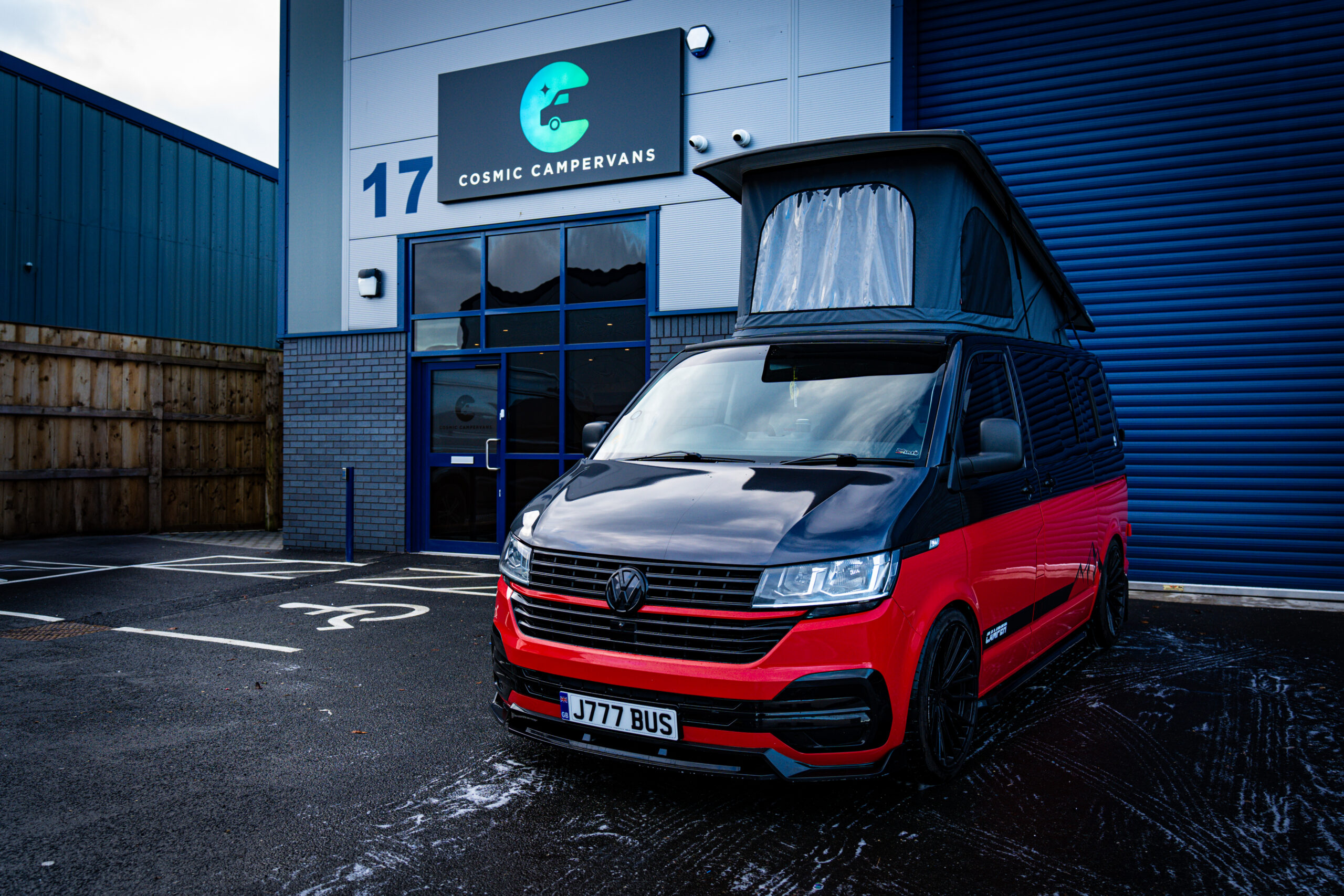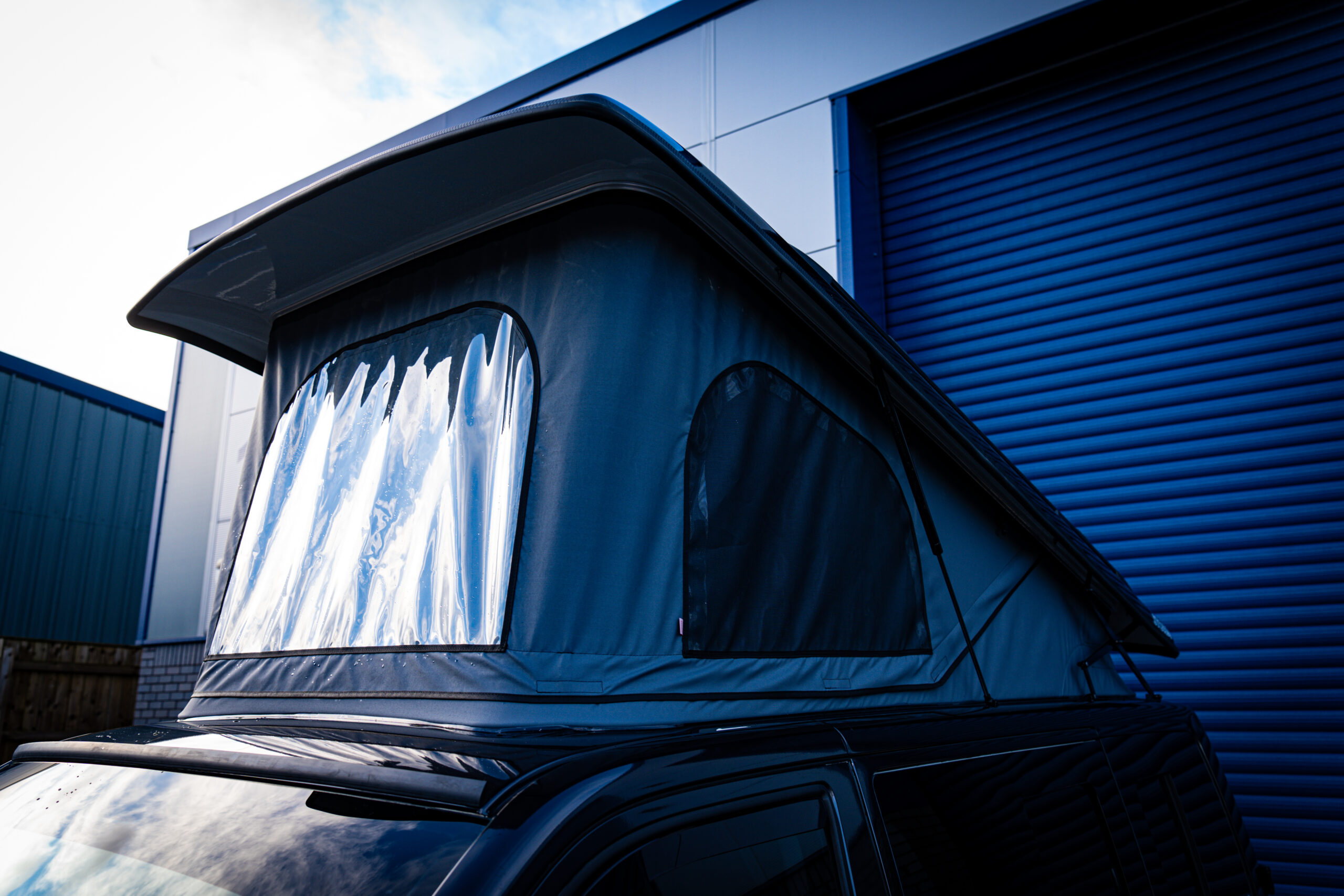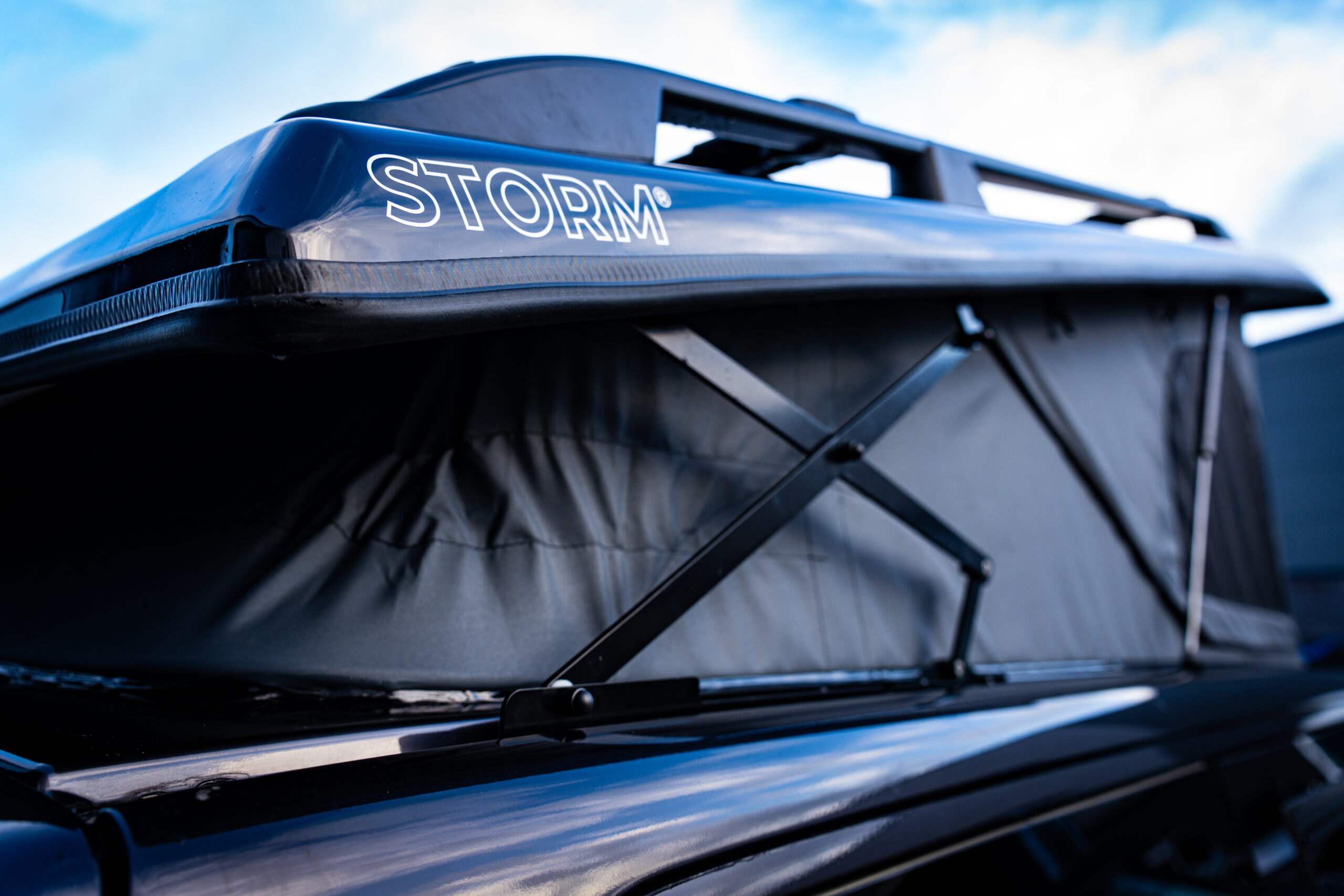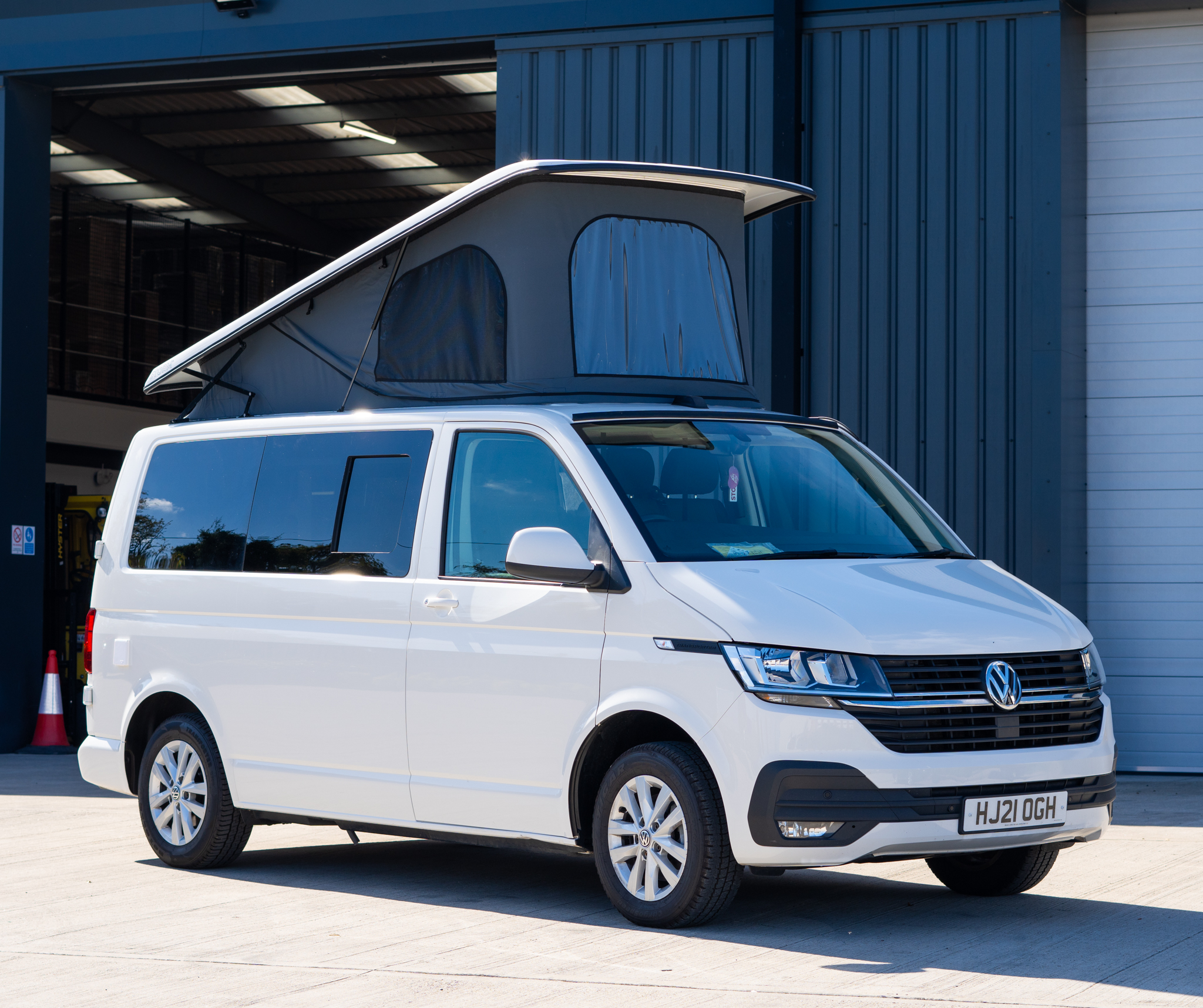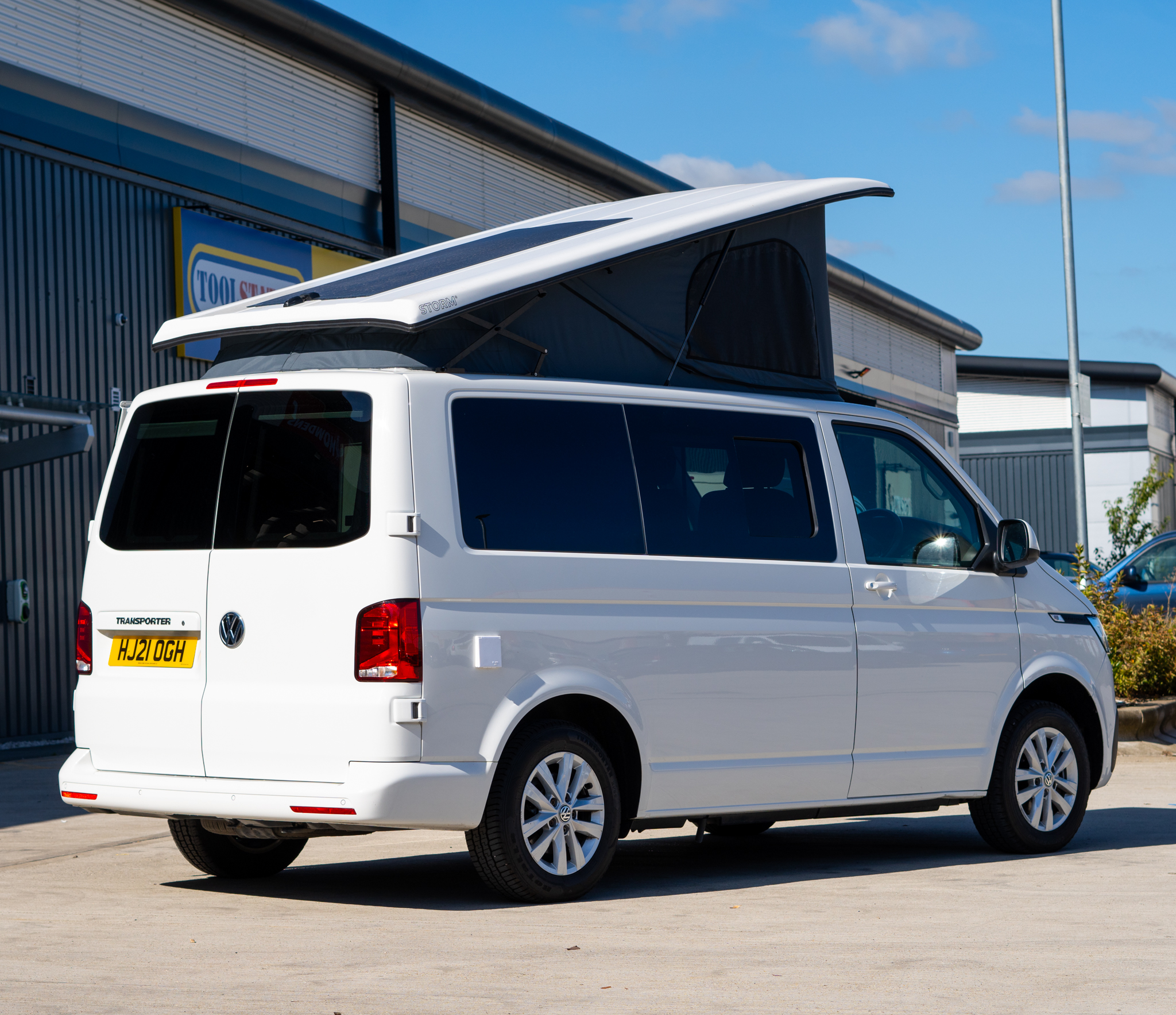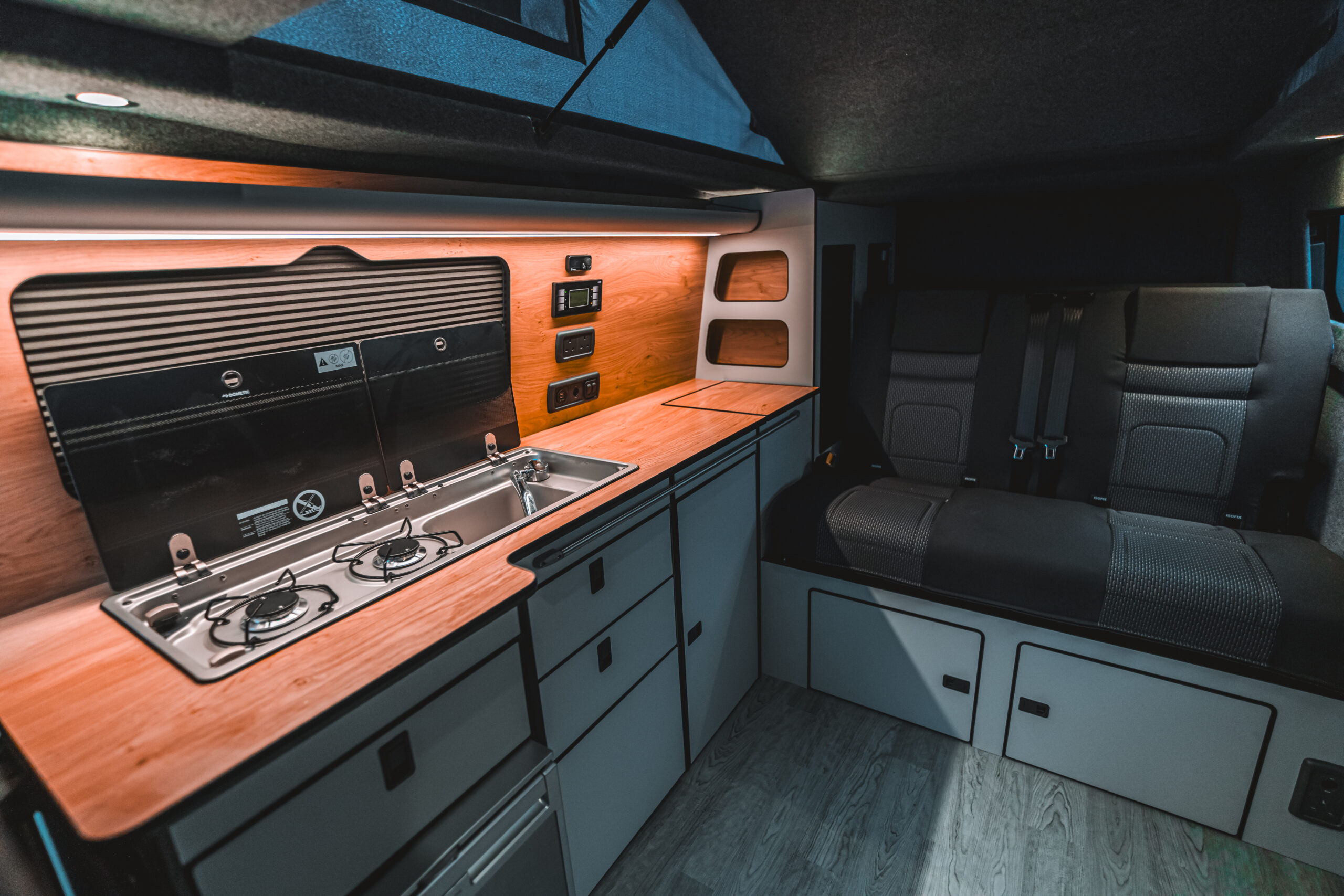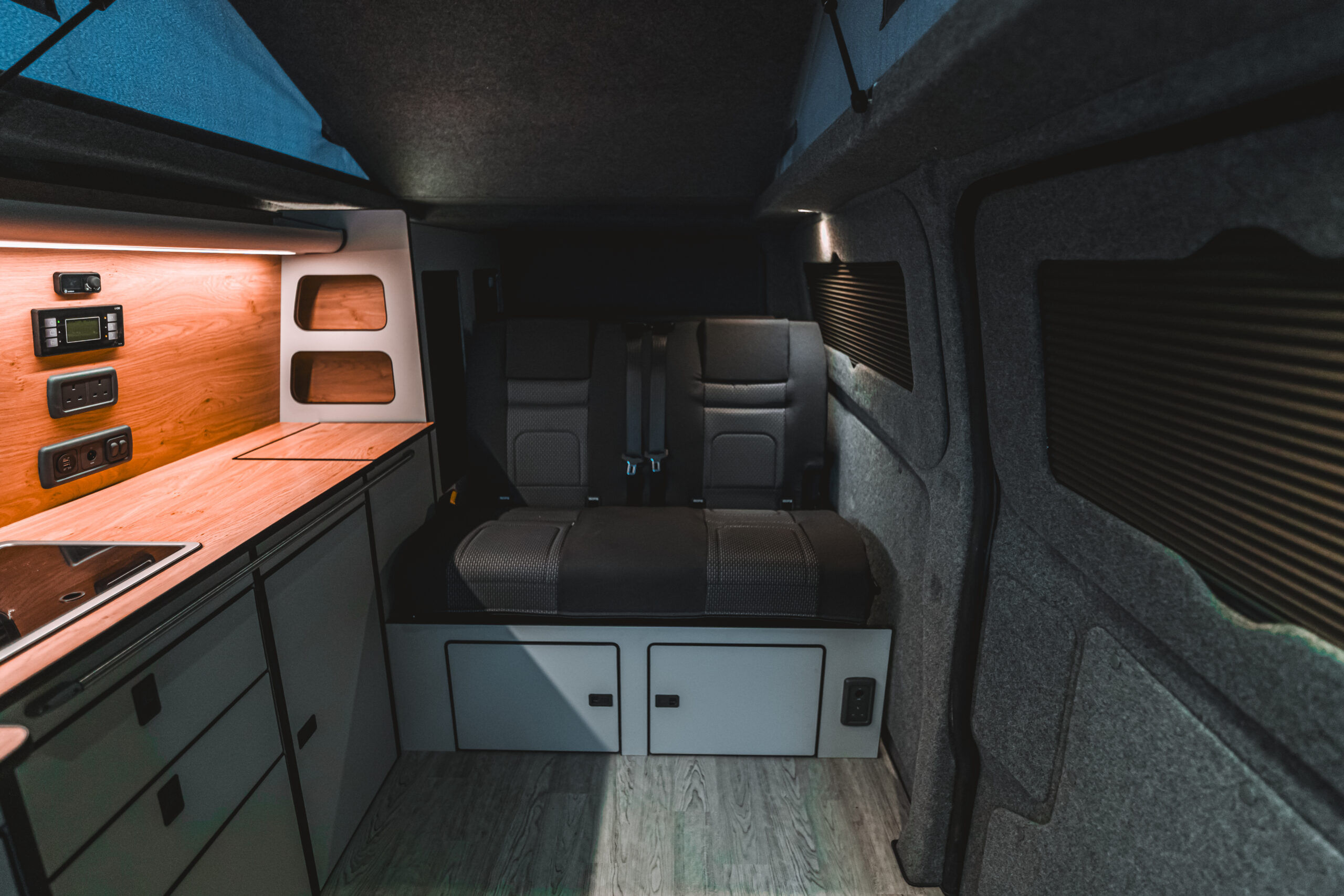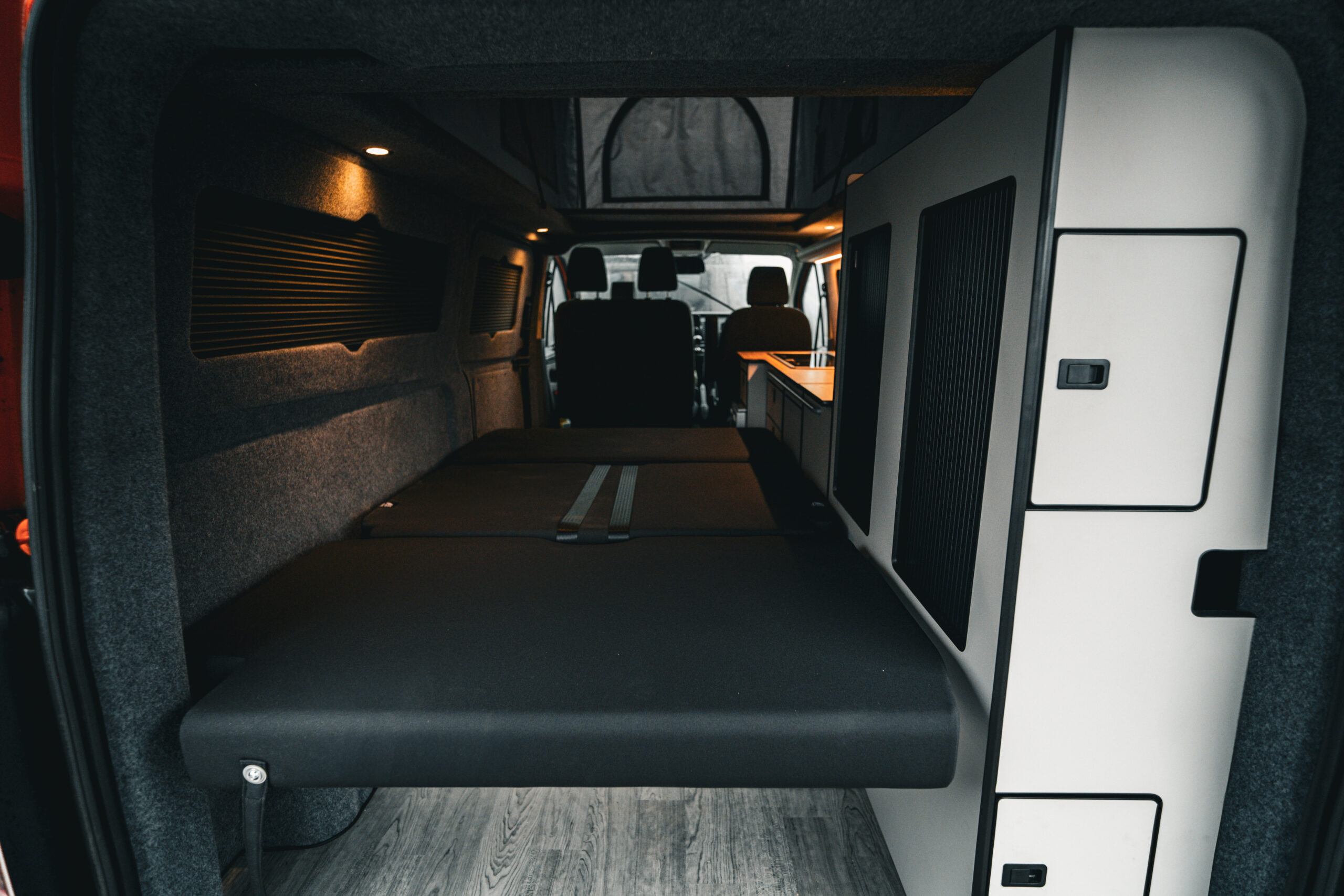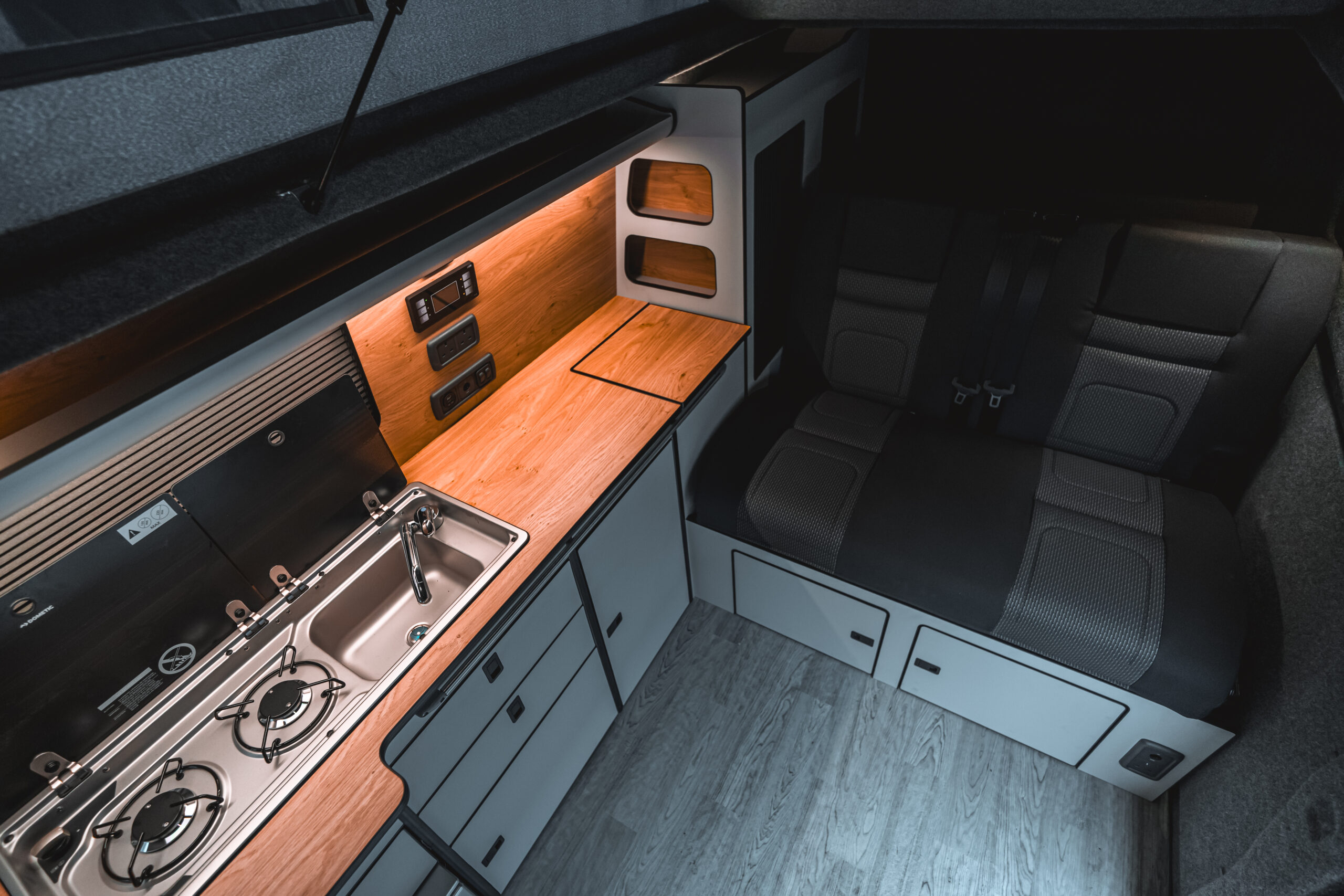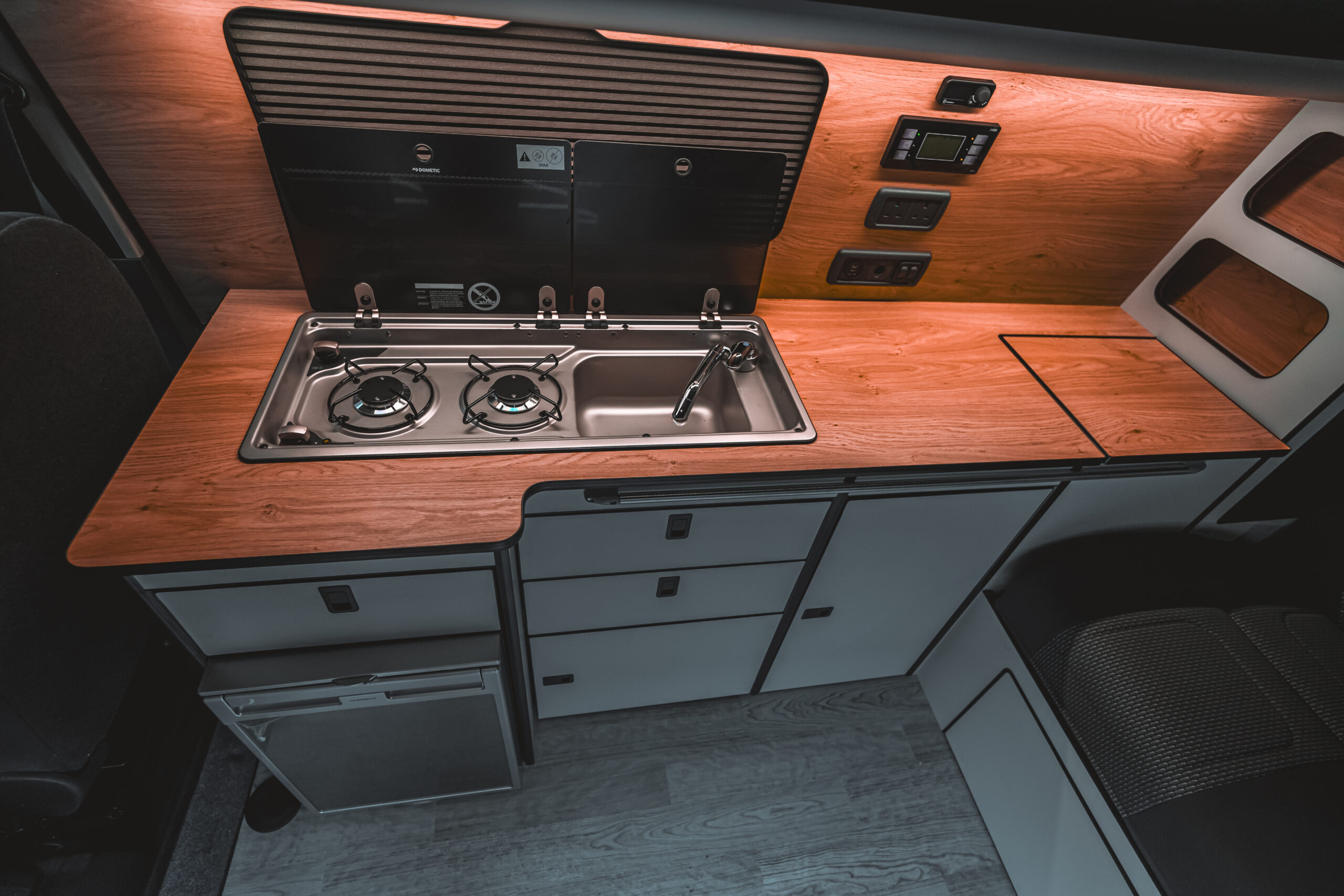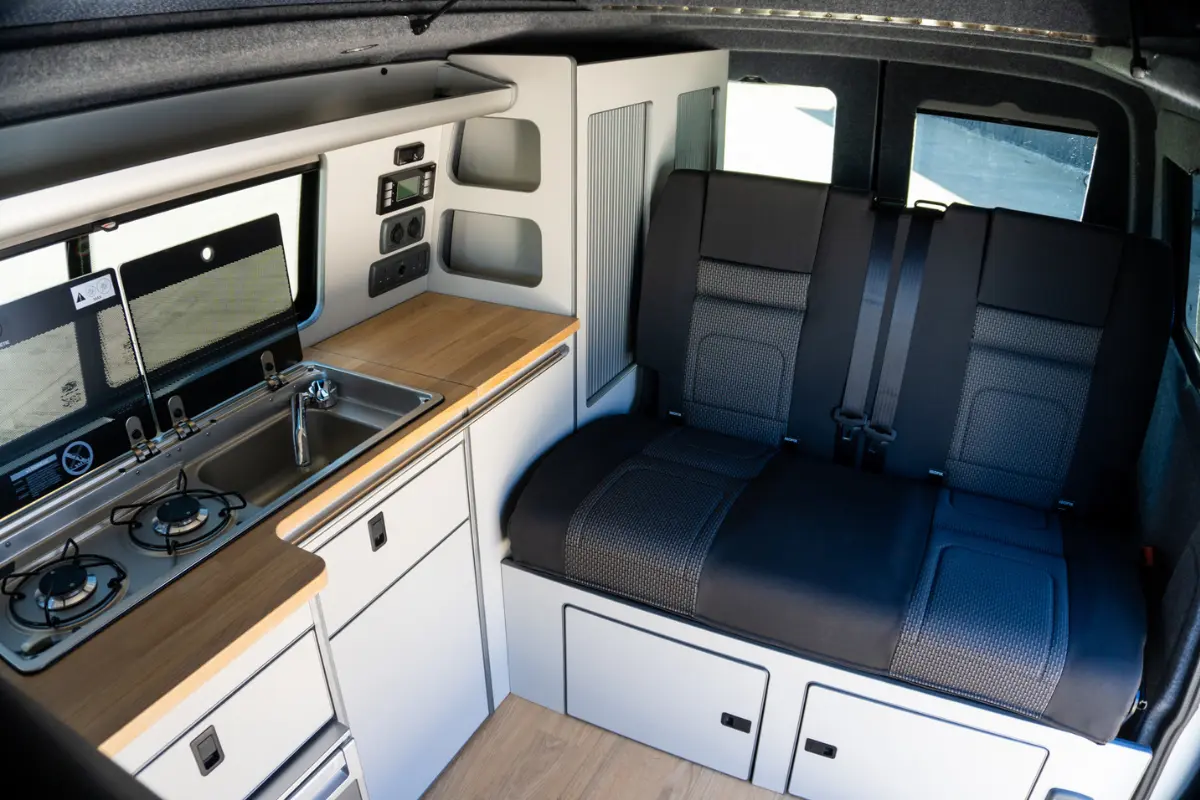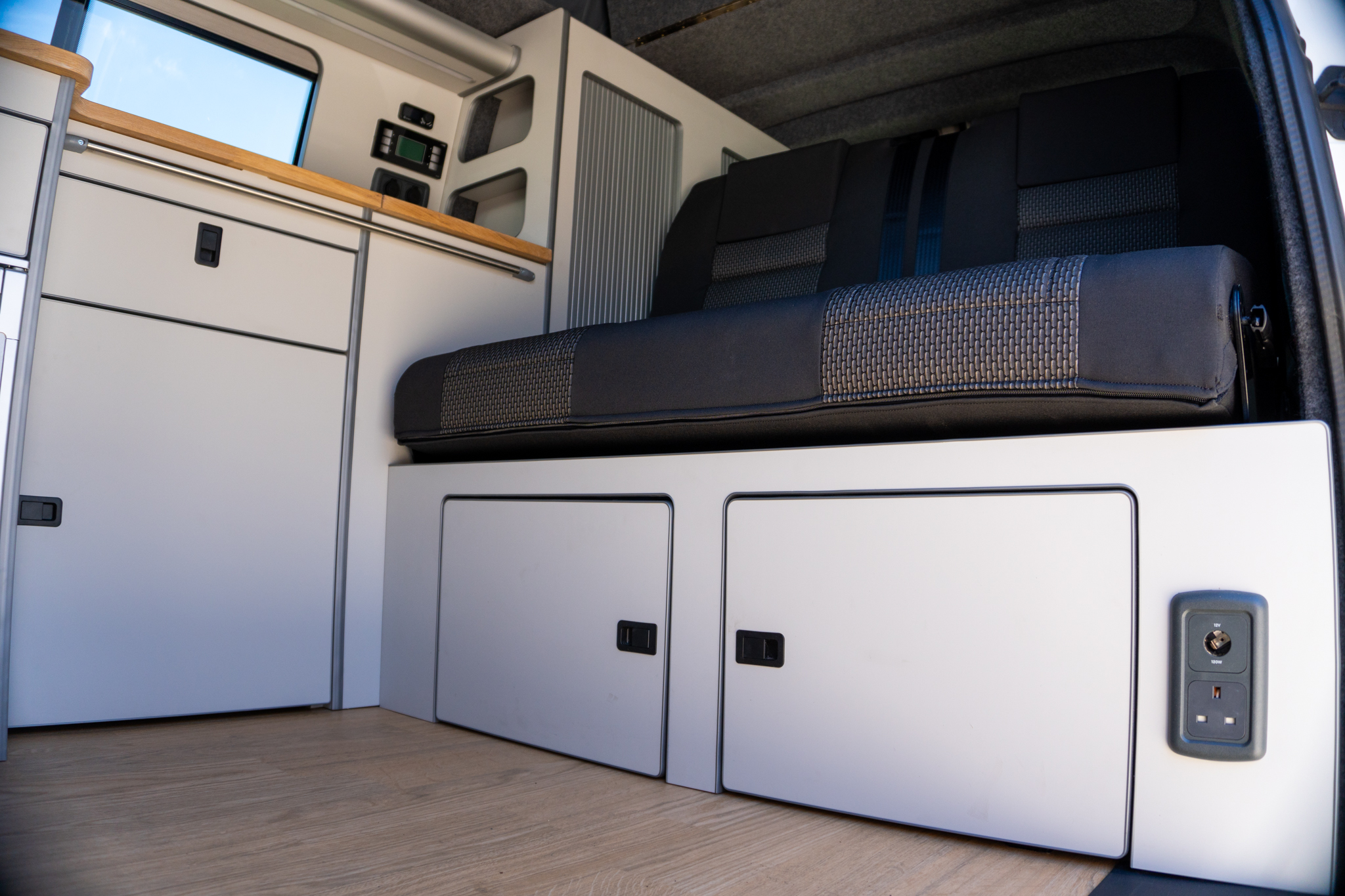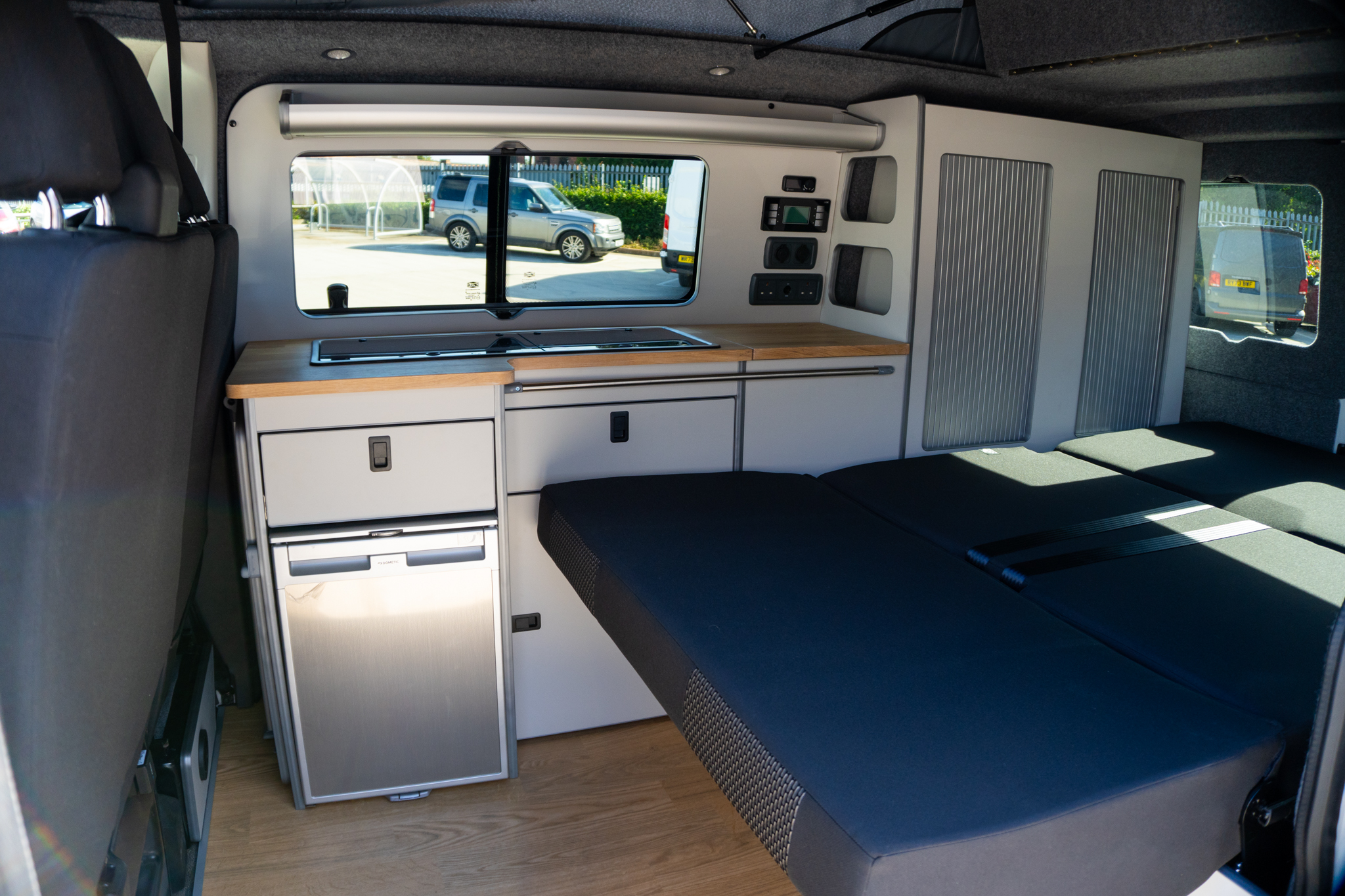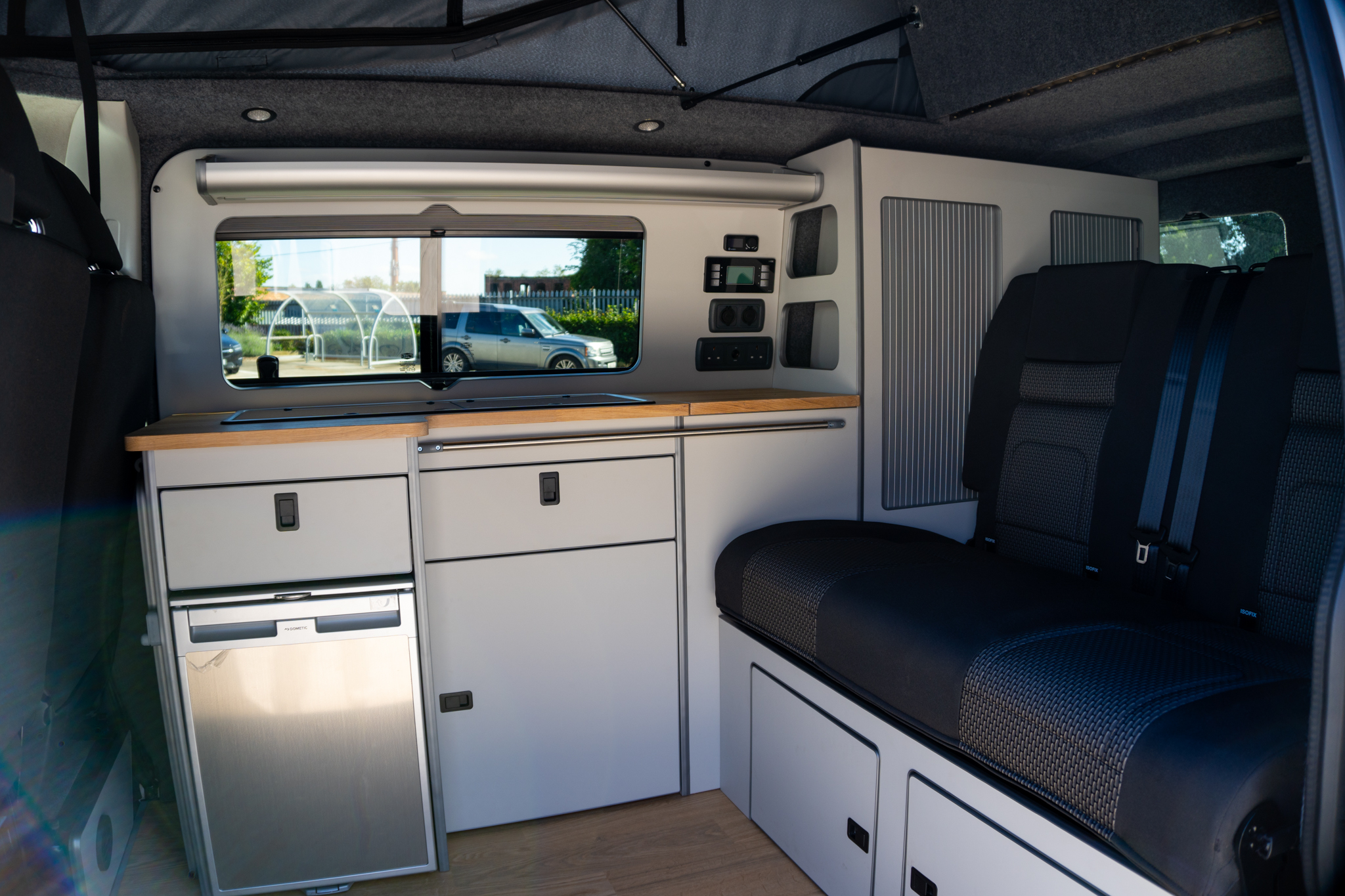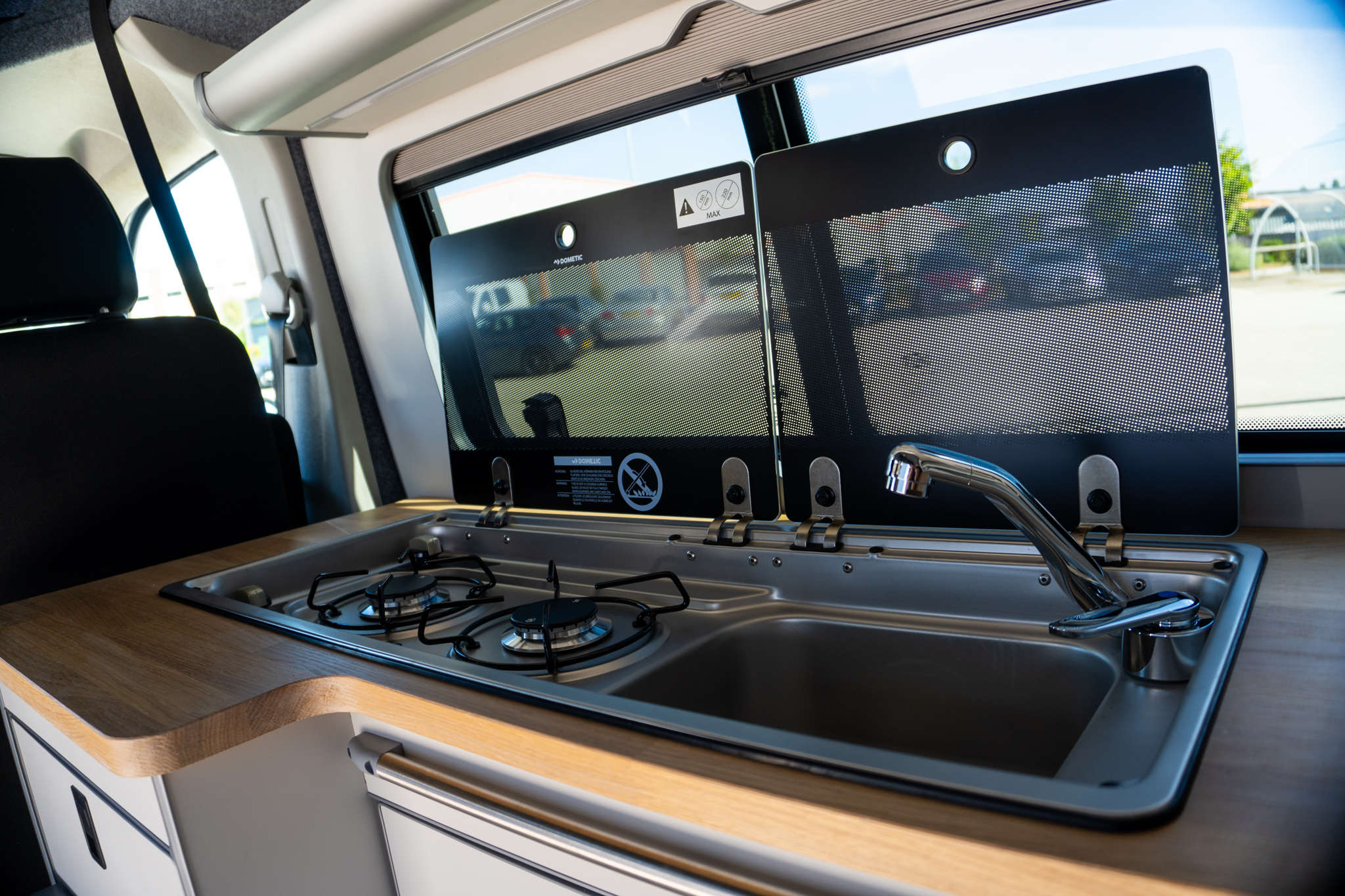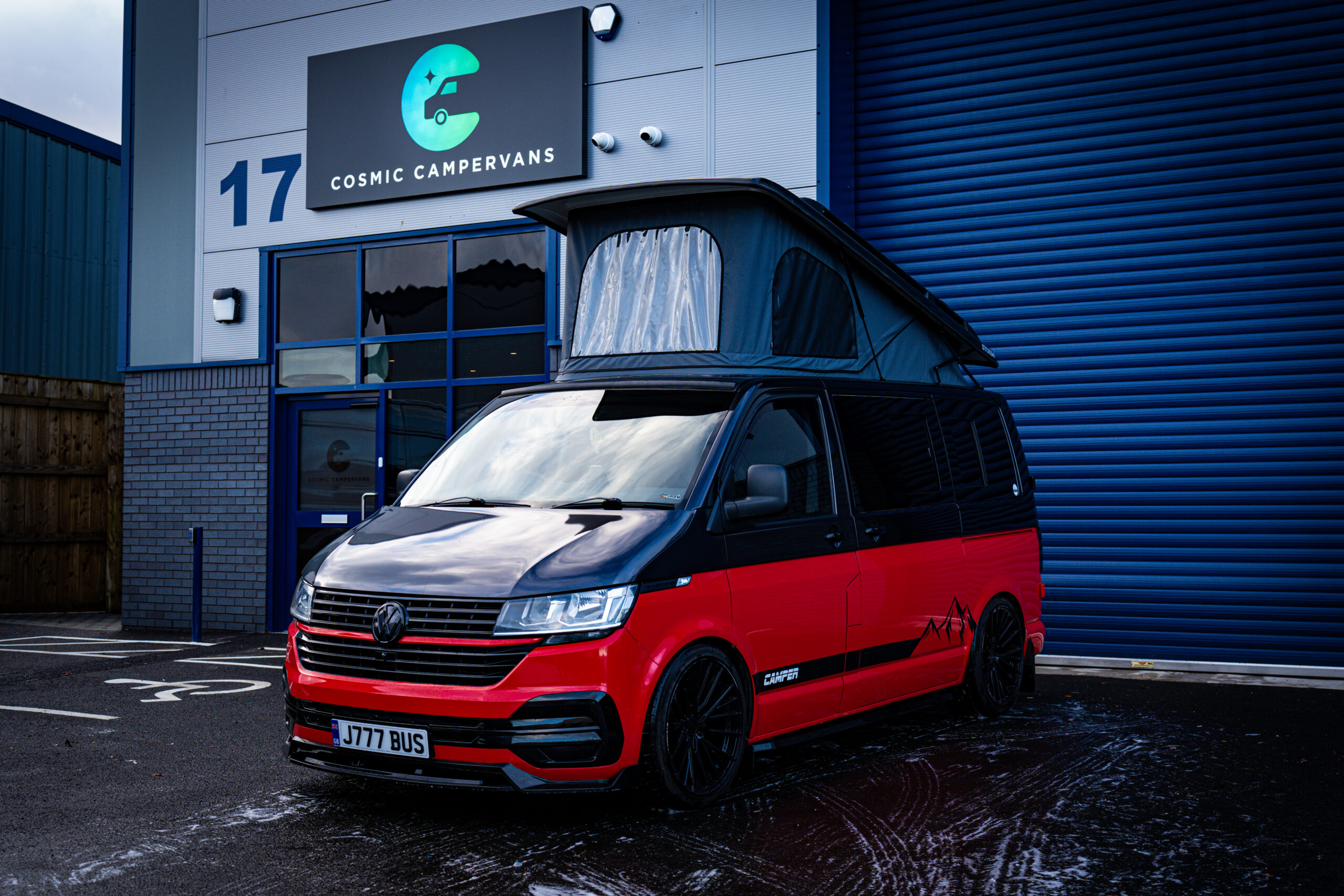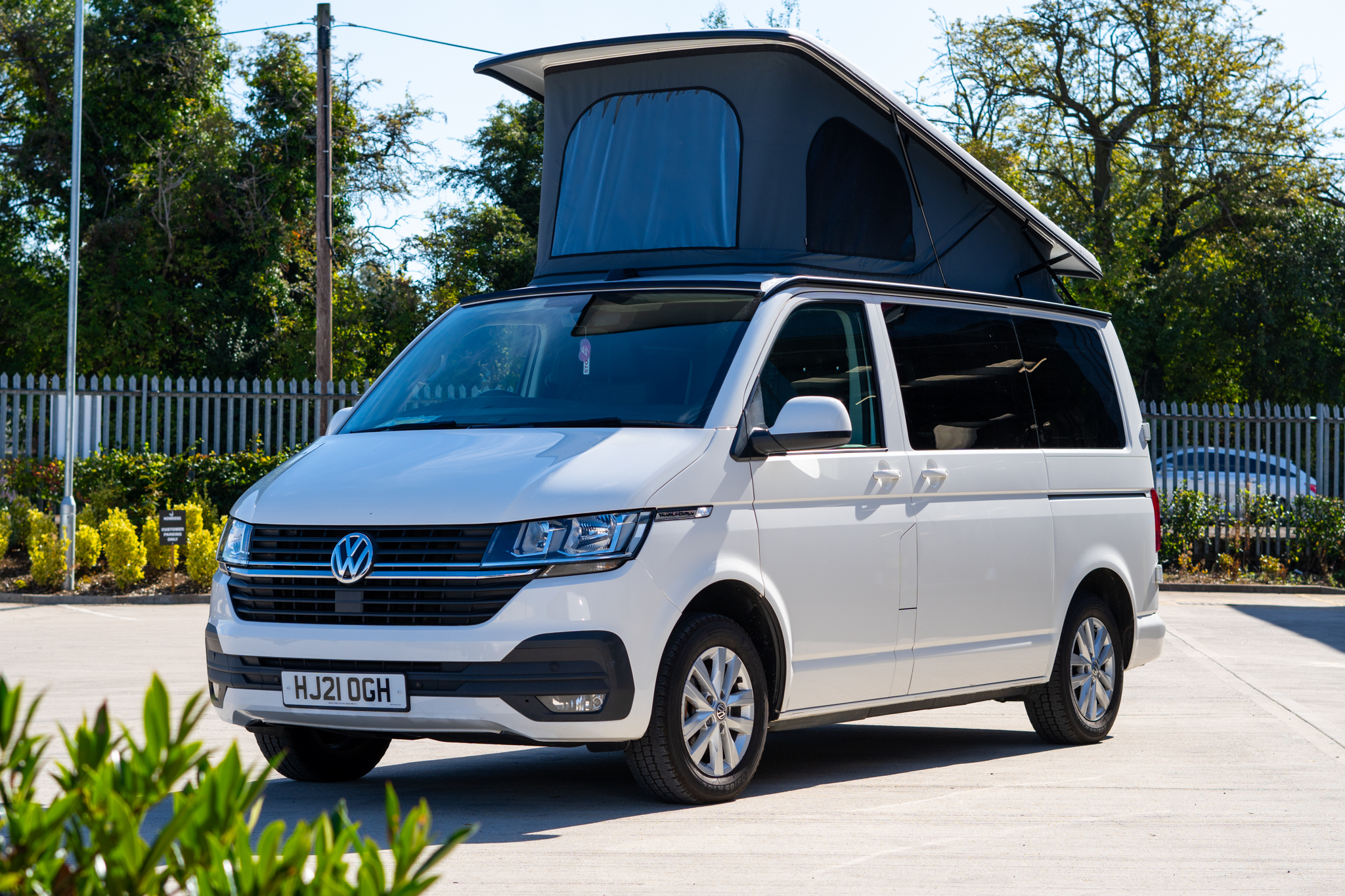Vauxhall Vivaro vs Renault Trafic
Which Is Better for a Camper Conversion?
When people come to me asking which van to go for — the Vauxhall Vivaro or the Renault Trafic I usually say, “Well, they’re more alike than you might think… but the little differences can make a big impact once you start converting.”
I’ve worked on countless conversions for both. Whether it’s a family heading off for summer road trips or a couple building their weekend escape pod, these two vans come up time and time again and for good reason. They’re both solid choices if you’re looking for something mid-sized, reliable, and easy to work with.
But if you’re trying to figure out which one actually suits your needs best, your layout ideas, your driving style, and the way you plan to use the van there are definitely some things I’d recommend looking at closely. I’ve seen the quirks, worked around the challenges, and had plenty of feedback from clients living with both vans post-conversion.
So in this blog, I’ll walk you through a proper side-by-side comparison not just specs and numbers, but what actually matters when you’re building a camper that works on the road, not just on paper.
Let’s get into it.
Two Seriously Good Vans… But Which One’s Right for You?
Why these two always come up in conversations with my clients
When someone’s looking for a mid-sized van to convert, these two names pop up constantly, the Vauxhall Vivaro and the Renault Trafic. And honestly, it makes sense.
They both sit in that sweet spot between compact agility and decent internal space. You’re not dealing with something huge and cumbersome like a Sprinter, but you’re not tight on room like you might be in a Caddy or a Berlingo either.
They’re also relatively affordable, especially on the second-hand market, and parts are easy to get hold of which is ideal if you’re planning long trips or want something easy to maintain over time.
I’ve had clients come to me after buying either of these thinking they were basically the same van… and while they do have a shared history, there are some key things to know before you commit.
They might look similar, but they’ve got key differences
From the outside, especially with models built around the 2014 to 2019 mark, you’d be forgiven for thinking they’re identical.
And to be fair, they kind of were. Both vans were built on a shared platform during that period. But things have evolved since then. Renault pushed ahead with its own Trafic development while Vauxhall got absorbed by PSA (now Stellantis) so the newer Vivaros started borrowing more from Citroën and Peugeot tech.
That’s where the differences really start to show up. Not just under the bonnet, but inside the cab, behind the panels, and in how they drive. And when you’re converting a van into a camper, those subtle things start to matter a lot more than people realise.
I’ve converted plenty of both… here’s what I’ve learned
Over the years I’ve had hands-on experience with both vans. Stripping them out, insulating, lining, building beds, installing electrics, the lot. I’ve seen what works well, what slows the job down, and what surprises you once the van’s on the road and in use.
With the Vivaro, I’ve found the panels can sometimes be slightly more awkward when you’re running cabling behind the walls, especially on newer models with more electronic sensors and modules.
But they’ve got a really solid chassis and they handle well when fully loaded. The Trafic, on the other hand, has always felt like a bit more of a blank canvas. Fewer surprises once you’ve got the lining out, and it’s usually quicker to insulate and ply.
Of course, it’s not just about the build process. It’s also about what’s going to suit your lifestyle, your travel plans, and how you want the finished camper to feel. So let’s dig deeper and compare them where it really counts.
Space to Build, Interior Dimensions You Can Actually Work With
The inside layout makes all the difference when you’re fitting it out
When I’m planning a conversion, the internal shape of the van is one of the first things I look at. Both the Vivaro and the Trafic are what I’d call very “converter-friendly” flat sides, decent height, and no weird internal curves that make cladding a nightmare.
They’ve both got a nice open space to work with, especially in the L1H1 models, which are the most common. You’ve got around 2.5 metres of usable length from the bulkhead to the rear doors in both vans, which gives you more than enough room for a full-length bed, kitchen unit and storage, but only if you plan it properly.
The side sliding door is positioned nicely too, giving you the option to build layouts with either a driver’s side kitchen or a rear kitchen setup. I’ve used both styles in these vans and they work well depending on what kind of travel you’re planning.
Where the wheel arches sit can totally change your layout options
This one catches people out. The width between the wheel arches is around 1268mm in both vans, which technically lets you squeeze in a small double bed across the width but it’s tight. You lose a bit of comfort and can’t always sleep fully stretched unless you’re on the shorter side.
That said, I’ve done plenty of width-ways beds in these vans using custom RIB or rock n roll beds, especially when the goal is to leave more space for a kitchen or storage unit along the side.
For taller clients or those who just want more comfort, I usually suggest going for a lengthwise bed setup instead. Yes, it takes up more room, but it’s a much better experience if you’re doing longer trips or sleeping in it often.
Don’t forget height, it’s not just about standing room
A lot of people get caught up on standing height, especially in standard H1 roof models. Neither of these vans give you full standing height without a pop top, but the roof shape still matters when you’re planning overhead storage or lighting.
The Trafic has a slightly more open feel near the rear of the van because of how the roofline is shaped, which can make it easier to mount roof vents or install upper cupboards without making the space feel cramped. The Vivaro’s roof is a bit more uniform from front to back, which is better for clean ceiling lining and LED strip lighting runs.
I’ve found that once you start adding insulation and cladding, every millimetre starts to count. That’s why I always take the time to plan out exactly how the roof and wall spaces will be used before fitting anything permanent. Whether you’re going for a fixed bed setup or pop top, understanding how height plays into storage and usability is key to getting it right.
Driving Comfort and Long-Term Use
Which one feels better when it’s fully loaded with kit?
Once you’ve packed in a full camper conversion bed, kitchen, water tank, batteries, storage the van starts to handle very differently compared to when it’s empty. I’ve driven both the Vivaro and the Trafic fully loaded on long road trips and short test runs after conversions, and you do notice the difference once everything’s in.
The Vivaro tends to feel a bit firmer on the road. The suspension has always been slightly stiffer in my experience, which can be a good thing if you’re carrying a bit more weight. You feel more planted on the motorway, and there’s less body roll when cornering, especially on the SWB version.
The Trafic leans more toward comfort. The suspension is a bit softer, so it can feel smoother on country roads and rougher surfaces, but sometimes a little bounce can creep in when you’re carrying extra weight. For some clients, especially those doing longer scenic drives, that extra comfort actually makes a big difference.
Cab design and seating, these little details matter on long drives
People tend to overlook the cab layout until they spend a few hours behind the wheel. I always tell clients, if you’re going to be driving long distances, you want a cab that feels spacious and practical. This is your base while touring not just your driver’s seat.
The Trafic wins out slightly when it comes to cab ergonomics. The driving position feels a bit more natural, and the dashboard is laid out in a way that’s easy to reach and intuitive. I’ve found the seats to be slightly more supportive too, especially the newer generation models. On longer trips I noticed less back and leg fatigue, and that’s something a lot of my clients have commented on too.
The Vivaro, on the other hand, feels a bit more compact in the cab. You do get used to it quickly, and for shorter journeys it’s fine, but it’s just not quite as airy. I’ve upgraded seating in both vans for clients before, and honestly, a better seat can transform your driving experience if you’re spending hours behind the wheel.
Steering, visibility, and the small stuff that adds up over time
Both vans are pretty nimble for their size, especially around towns and tighter rural roads. The steering on the Trafic is a bit lighter and more responsive it gives you good feedback without being twitchy. It’s something I really notice when manoeuvring into tight campsites or city parking.
The Vivaro is just as capable, but the steering feels a bit heavier, especially on older models. That’s not a bad thing it adds a sense of stability at higher speeds but it’s something to be aware of if you’re switching from a smaller car or van.
Visibility-wise, the Trafic has slightly larger wing mirrors and a better rearview setup. The windscreen also feels more open from the driver’s seat, which can make the cab feel bigger than it is. When you’re parking up or navigating through narrow lanes, those little improvements in sightlines genuinely make the drive less stressful.
Engines, Running Costs and Reliability
Here’s what I’ve seen after years of working on and driving both
One of the big questions I get from clients is about engine performance and long-term reliability. And it’s a fair one, once you’ve put thousands into a conversion, the last thing you want is to be stuck at the side of the road in the middle of nowhere.
Both the Vivaro and the Trafic have seen a range of engines over the years, but in my experience, the post-2014 models are the ones most people end up buying for conversions, so I’ll focus on those.
The Vivaro usually comes with 1.6L or 2.0L diesel engines, depending on the year and variant. Earlier 1.6L models can feel a bit underpowered once the van’s fully converted, especially if you’re running extra gear like water tanks, batteries and roof boxes. I’ve had a few clients go with the 1.6 and later regret it, not because it’s unreliable, but because it struggles a bit when fully loaded or going uphill.
The Trafic is a bit more consistent with its 2.0L diesel setup, and I’ve always found it a touch more refined when cruising at motorway speeds. It doesn’t feel like it’s working as hard, which can make for a more relaxed drive when you’re touring long distances.
Fuel economy differences that actually matter when touring
On paper, both vans offer similar fuel efficiency. In real-world use though, especially post-conversion, you start to see small but important differences.
Clients with Vivaro conversions often report fuel economy in the range of 35 to 40 mpg when cruising light. Once fully loaded, it’s more like 32 to 36 mpg depending on how it’s driven. The newer 2.0L diesels do a decent job, especially with six-speed gearboxes.
The Trafic, particularly in the Euro 6 2.0L models, tends to sit just slightly ahead in terms of real-world efficiency I’d say an extra 2 to 3 mpg in similar conditions. It’s not huge, but if you’re doing long trips or full-time touring, it adds up.
One thing I always recommend is getting your van properly remapped after conversion. I’ve seen good results with economy maps that improve low-end torque, which helps offset the extra weight of the camper fitout. But always use a reputable garage a bad map can cause more problems than it solves.
Common issues I’ve come across (and how to avoid them)
Every van has its quirks, and these two are no different. Here’s what I’ve seen most often in my workshop and on the road.
Vivaro issues:
- The 1.6L engines can suffer from turbo problems if they’ve not been properly maintained. Oil changes are crucial.
- Gearbox wear on high-mileage models, particularly if they’ve done a lot of stop-start driving.
- Some electrical gremlins in later PSA-era Vivaros — parking sensors, ECUs, that sort of thing.
Trafic issues:
- Injector problems in earlier 2.0L versions if poor-quality diesel has been used long-term.
- Rear door seals sometimes let in water if the van isn’t levelled properly when parked, I’ve sealed a few of these during builds.
- Clutch wear happens a bit sooner than expected in vans used heavily in city driving, especially delivery vehicles before they’re converted.
For both vans, the key is to buy smart… low-mileage, good service history, and ideally a van that hasn’t been absolutely hammered by its last owner. If in doubt, I’m always happy to check one over for clients before they commit.
Long-term, both vans are dependable workhorses, but knowing what to look for upfront can save you a lot of money and stress down the line.
How Easy Are They to Convert?
The Vivaro’s build quirks that can slow you down
The Vauxhall Vivaro is generally a solid base to work with, but it does have a few quirks that can catch you out during a conversion. One thing I’ve come across regularly is how the internal metal framework is sectioned, there are more ridges and odd panel depths behind the scenes compared to other vans.
This doesn’t stop you from doing a great build, but it can slow things down when you’re insulating or trying to run cables neatly behind the ply. I’ve had a few cases where I needed to slightly modify insulation thickness or reroute wiring to avoid pressure points in the walls.
There’s also a fair bit of factory sealant and sound-deadening paste in awkward spots, especially around the arches and sills. Not a deal breaker, but you’ll spend more time prepping the shell before you can start lining and fitting things properly.
The Renault’s wiring and electronics, something to know in advance
With the Renault Trafic, the shell is generally easier to work with. You’ve got smoother inner walls and fewer dips and recesses to navigate, which means insulation and lining tends to go in faster. I’ve also found the general build quality behind the panels to be consistent, it feels like Renault really thought about how the van might be modified.
That said, the wiring can be a bit of a learning curve. Renault loves a good control module, and you’ll often find extra looms running behind the headliner or tucked down the B-pillars. If you’re planning to install things like lighting circuits, USB sockets or split chargers, it helps to have a good wiring plan before you start cutting anything.
I always double-check earth points and fuse box accessibility when converting a Trafic. Once you’ve got a full kitchen and bed fitted, you don’t want to be tracing wires through tight gaps later down the line.
Both vans are solid, but one has a slight edge when it comes to insulation and lining
From a pure build-efficiency point of view, I’d say the Renault Trafic has a slight edge. It’s quicker to line, easier to get panels sitting flush, and there’s less faff around the rear quarter panels. I can usually complete the initial shell prep on a Trafic a full day faster than on a Vivaro, especially if I’m doing soundproofing and full thermal insulation.
That said, once they’re both built out, you’d struggle to tell the difference. Both can be finished to a really high standard, and I’ve had brilliant results in each. It just comes down to knowing what to expect before you get started and being prepared to work around each van’s unique layout.
If you’re working with a pro (like me), it’s not a major issue either way. But if you’re going the DIY route or on a tighter timeline, those small differences in buildability can make a big difference.
Final Thoughts… So Which One Do I Recommend?
It depends on your layout, how you travel, and what matters most to you
At the end of the day, both the Vauxhall Vivaro and the Renault Trafic are great vans to convert. I’ve built campers in each that have gone on to tour Europe, handle wet Welsh winters, and host everything from solo getaways to family adventures. The right choice really comes down to how you plan to use the space.
If you’re focused on quick weekend escapes and want something that handles well with a sportier feel, the Vivaro might be the one for you. It’s firm, practical, and handles a fully loaded setup with confidence.
If you’re after a smoother ride, slightly easier conversion process, and a bit more flexibility in the layout stage, then the Trafic is probably going to be a better match.
If I had to pick one for most of my conversions, it would probably be…
If I’m being totally honest, the Renault Trafic usually just edges it. The smoother interior panels, better cab comfort, and slight advantage in fuel efficiency make it a solid all-rounder especially for long-term use or full-time vanlife setups.
That said, I’ve had builds in the Vivaro that are absolutely stunning and built to last. So it’s never a case of one being “bad”… just different strengths.
Either way, you’re starting with a great foundation, just make sure the build fits your lifestyle
Whatever you choose, both vans give you a great canvas to build something personal, functional, and long-lasting. Just take the time to match the van to your travel style, your space needs, and how you see yourself using it.
And if you ever need help figuring out the right setup or want to see what I’ve done with either model feel free to reach out or explore the builds I’ve shared on the site. Every great conversion starts with the right van.

